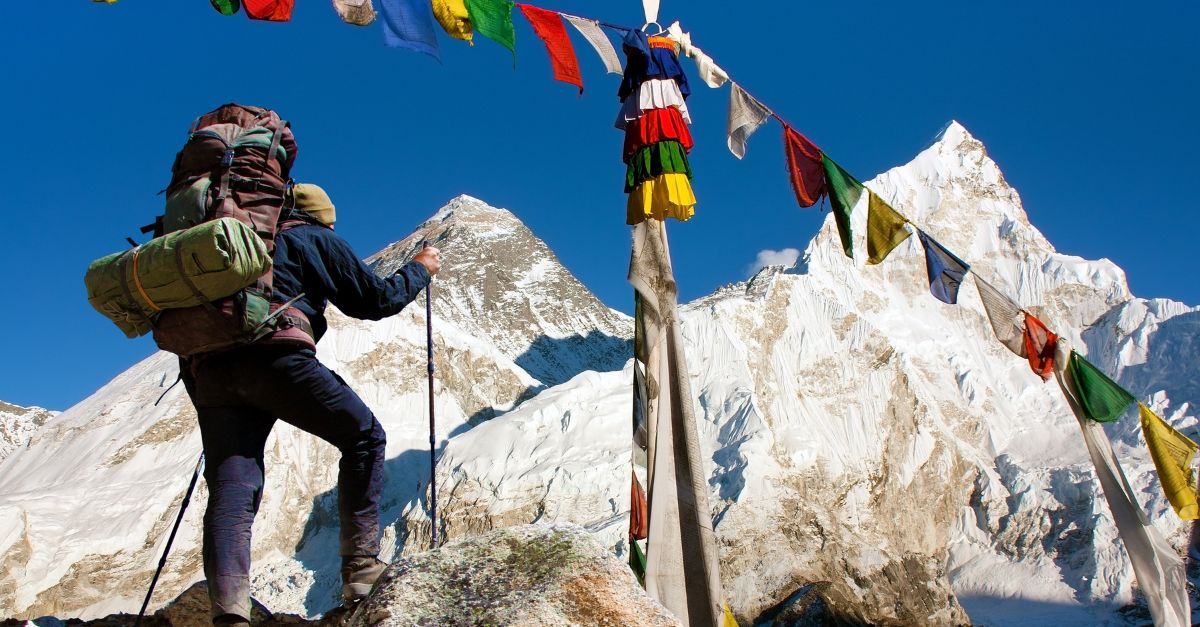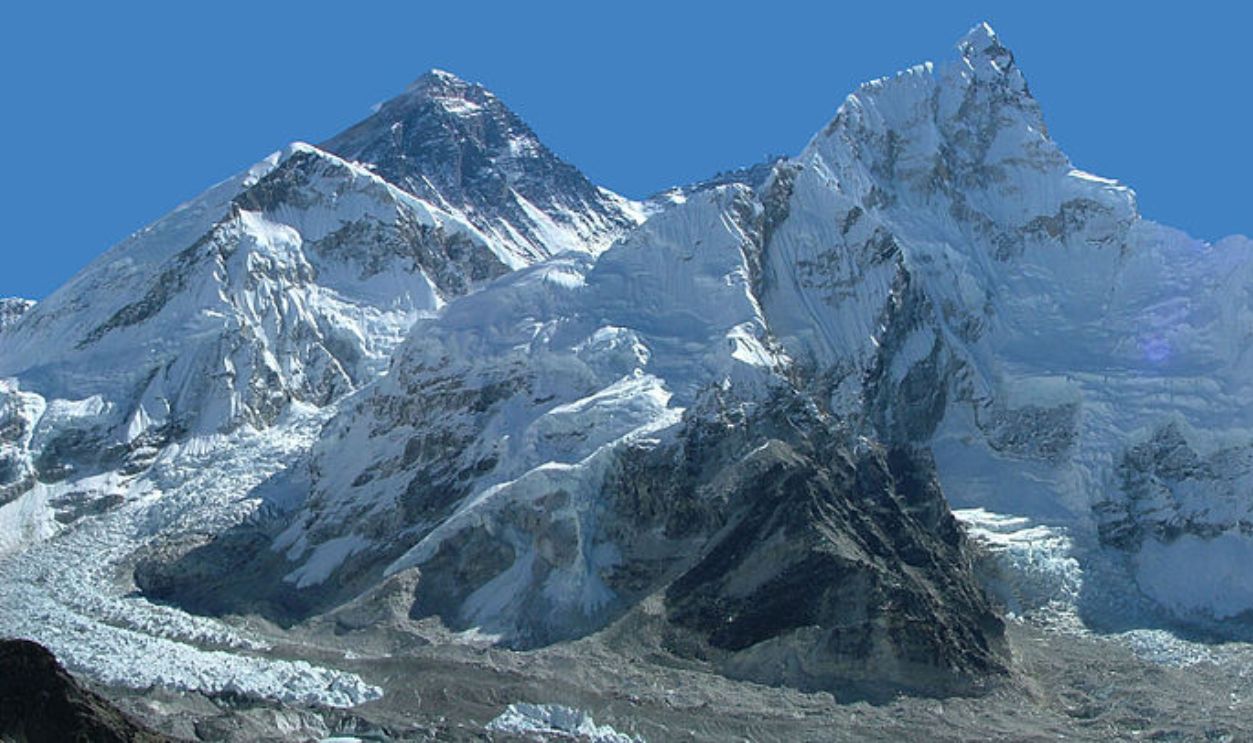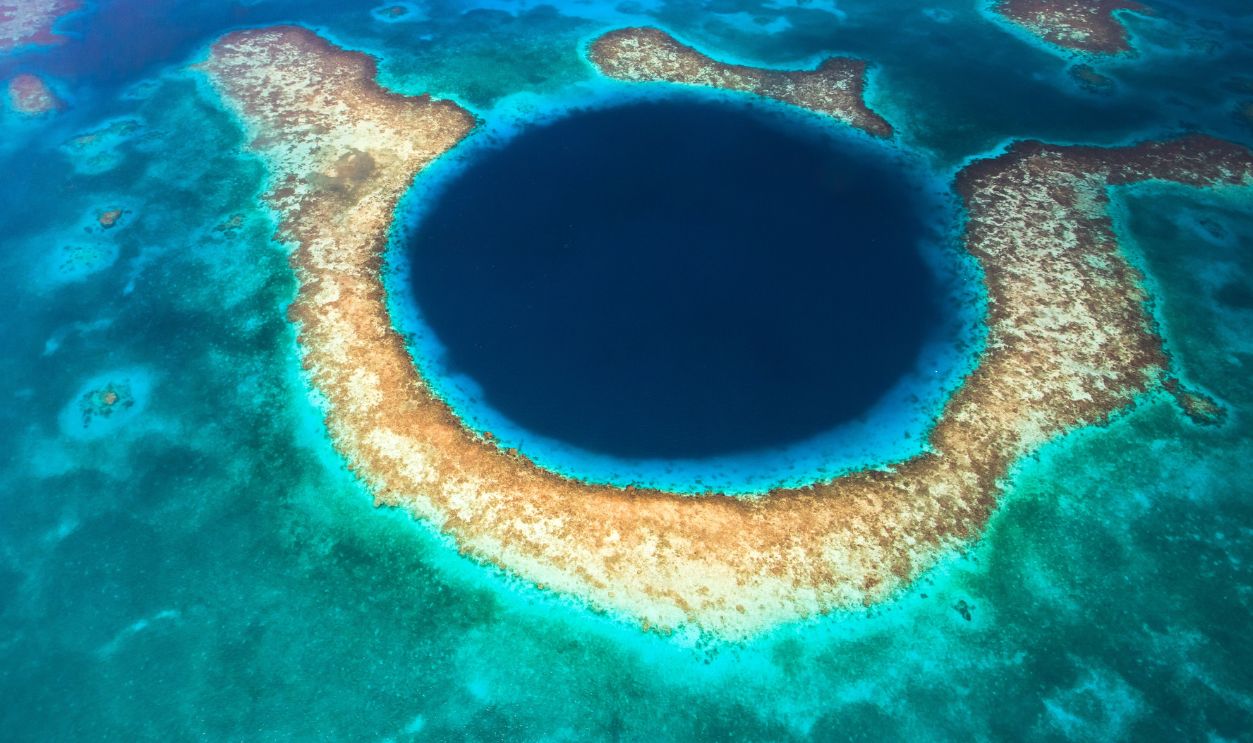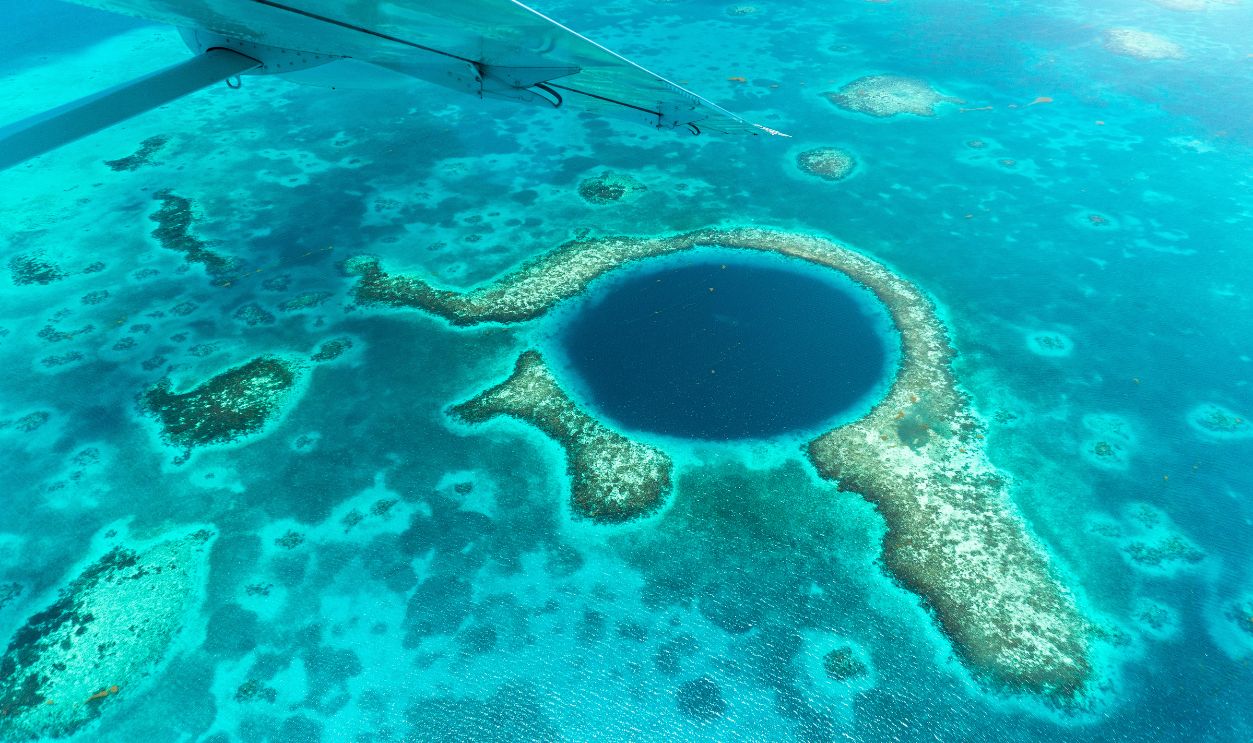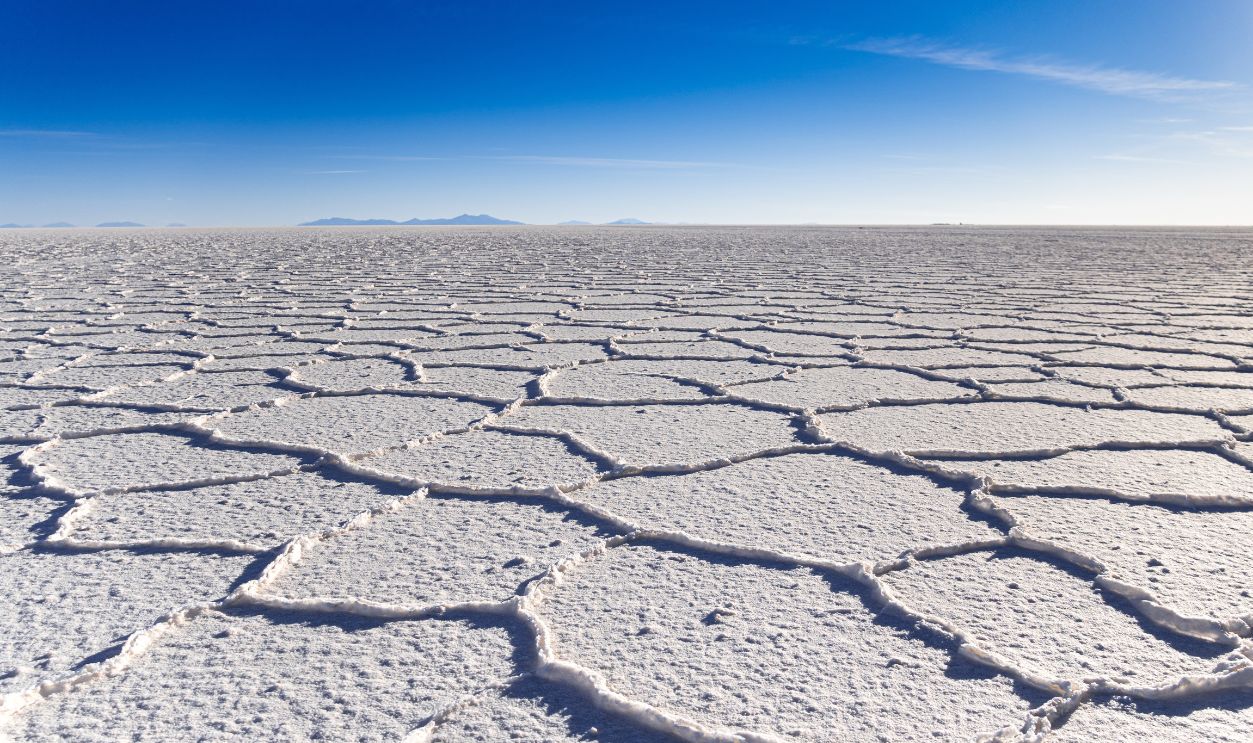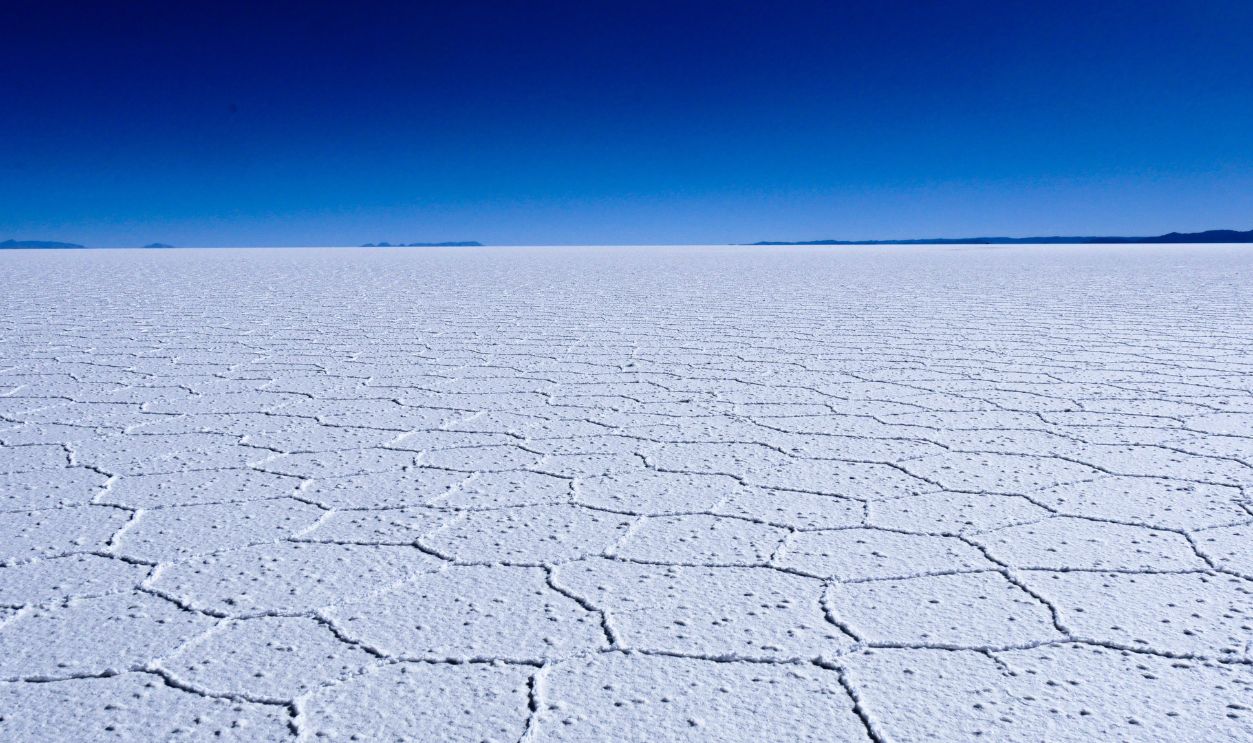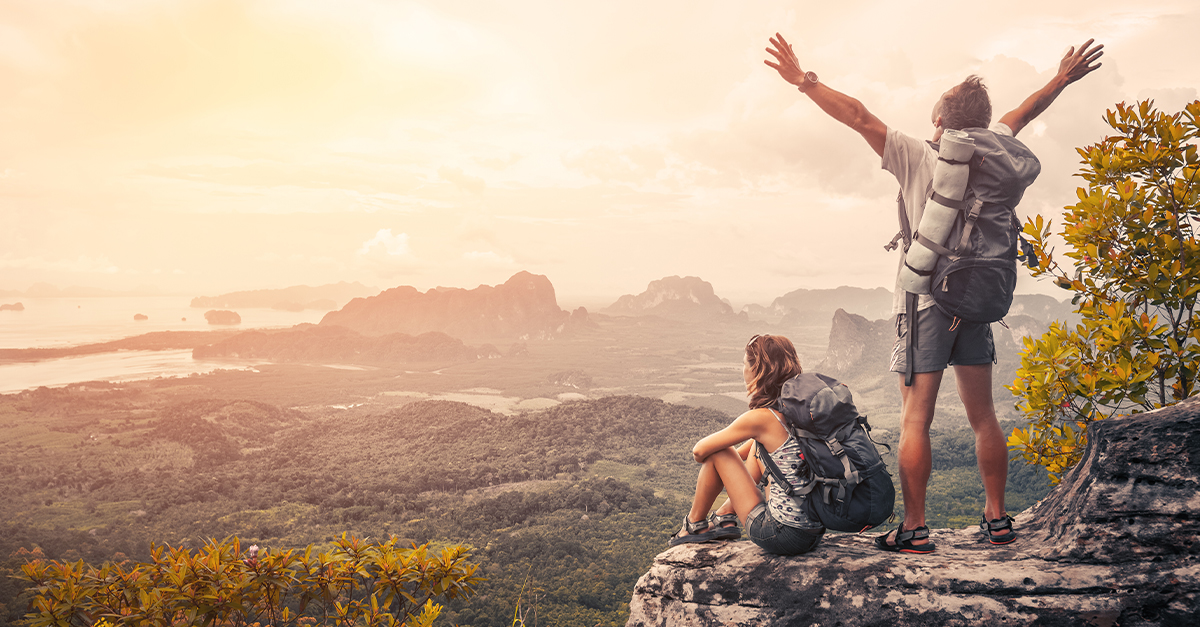10 Destinations; Loads Of Fun And Adventure
Explorers and adventure junkies gather here and take a trip (or deep dive or hike) to our planet’s natural wonders. From the peaks of the high mountains to the colorful depths of the alluring sea reefs, the experience only gets better. Let’s start with the Grand Canyon.
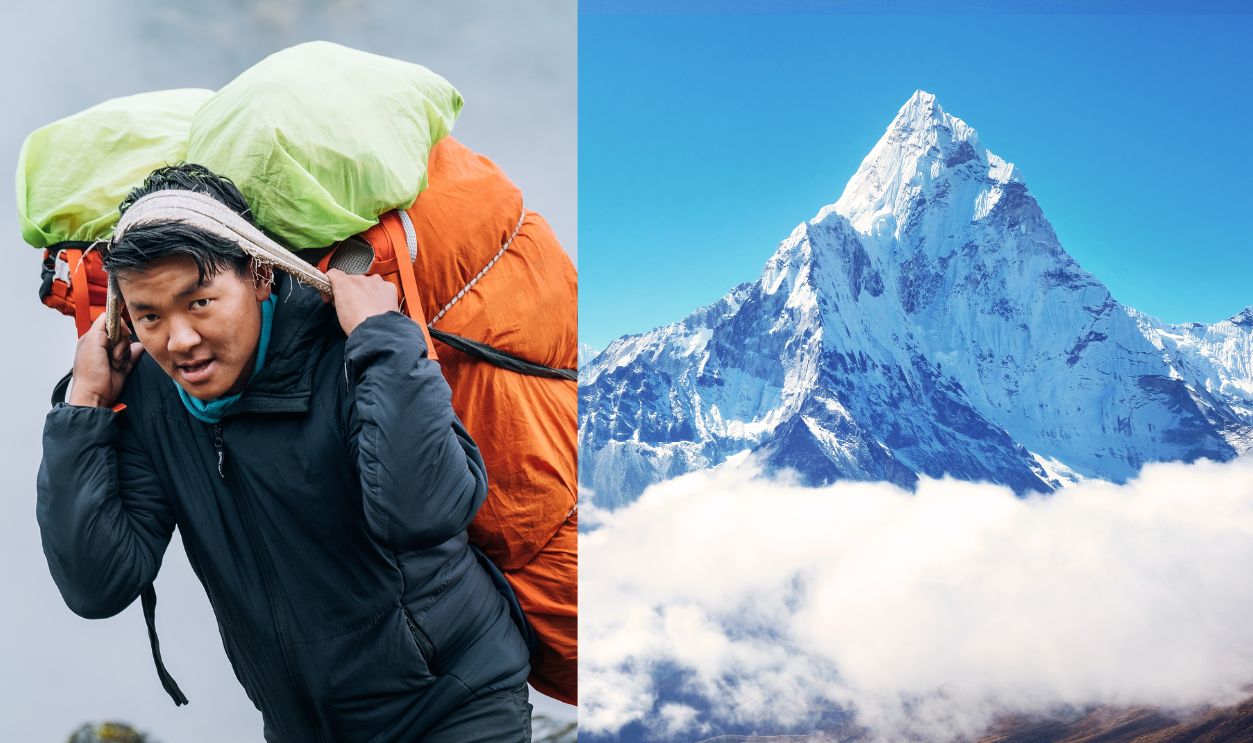
Rugged Adventure At The Grand Canyon
There’s no question that the Grand Canyon is one of the world’s most famous natural wonders. What makes it stand out is its size and depth, which were carved out by the Colorado River over millions of years. There’s more!
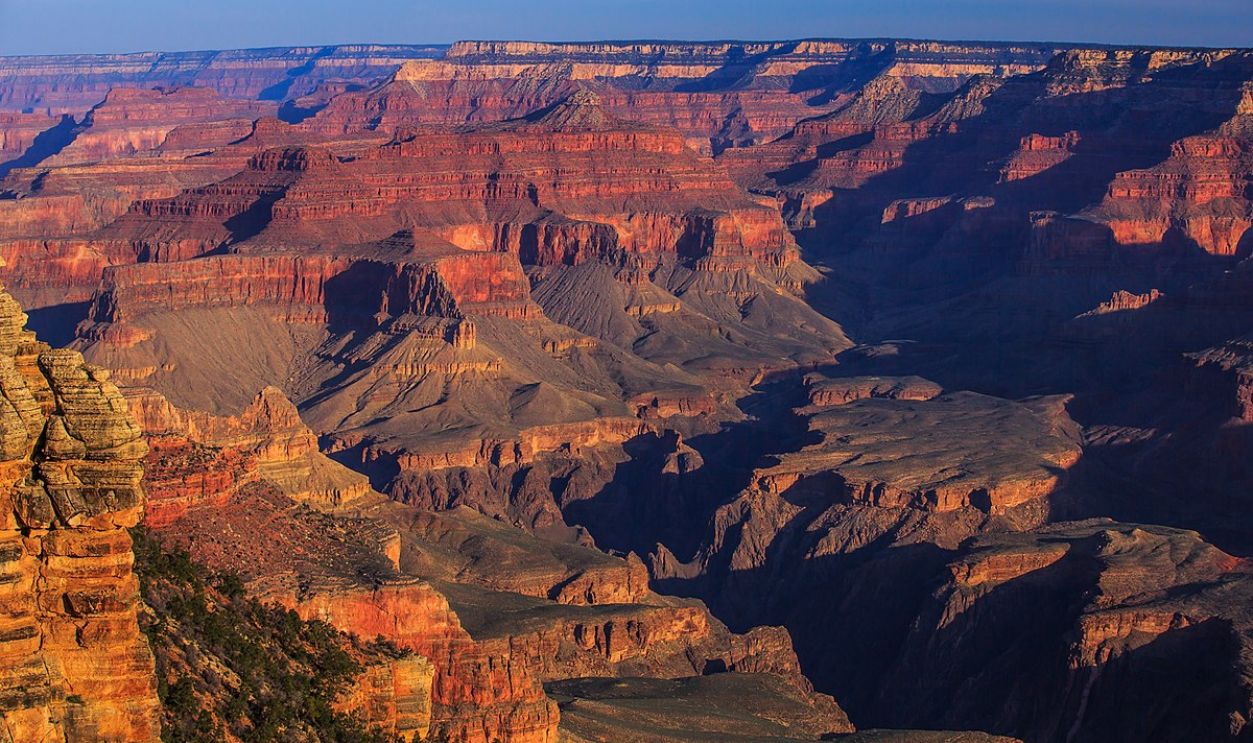 Murray Foubister, CC BY-SA 2.0, Wikimedia Commons
Murray Foubister, CC BY-SA 2.0, Wikimedia Commons
The Golden Hours
Sunrise and sunset are high points at the Grand Canyon. This is when light hits the canyon walls at different angles, creating a light show filled with reds, oranges, and purples. It’s a breathtaking sight that will leave even your most talkative friend speechless.
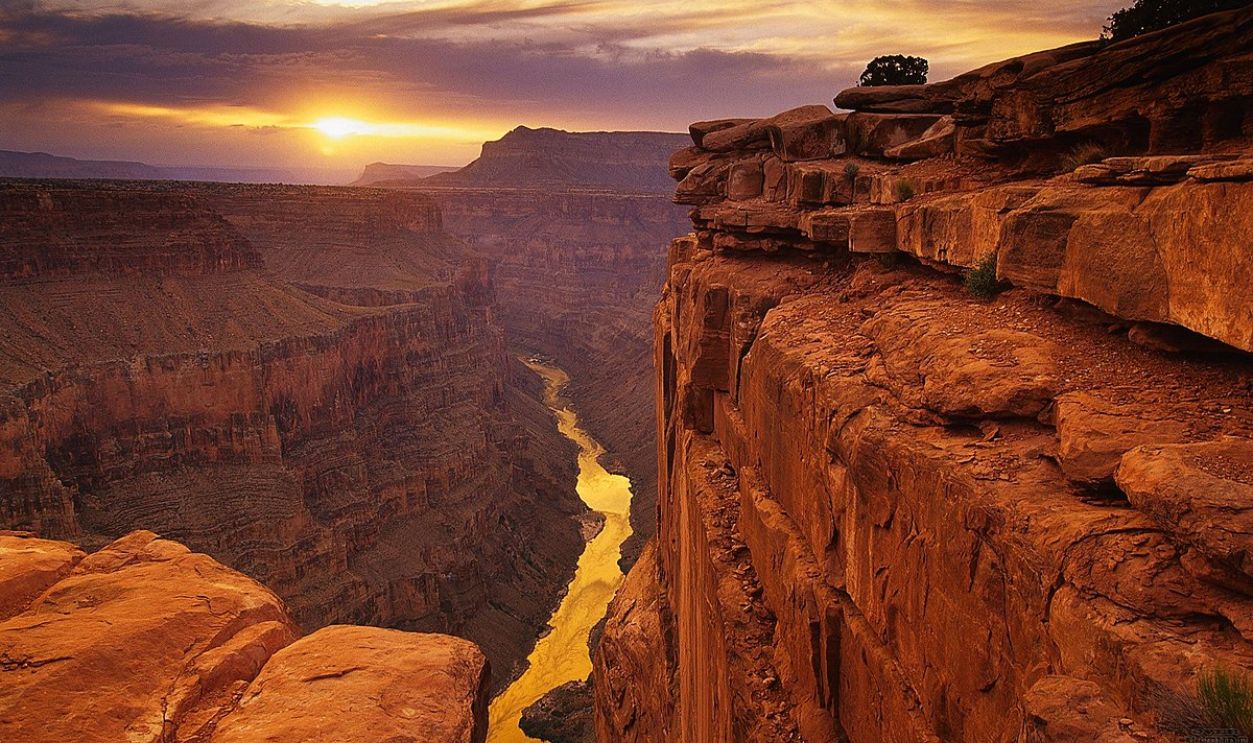 PradeepBisht, CC BY-SA 4.0, Wikimedia Commons
PradeepBisht, CC BY-SA 4.0, Wikimedia Commons
Hike Deep Into The Canyon’s Heart
If you need more outdoor adventure, consider taking one of the iconic hikes down into the canyon. Trails like the Bright Angel and South Kaibab go down into the heart of the canyon, where you can get unique views and perspectives.
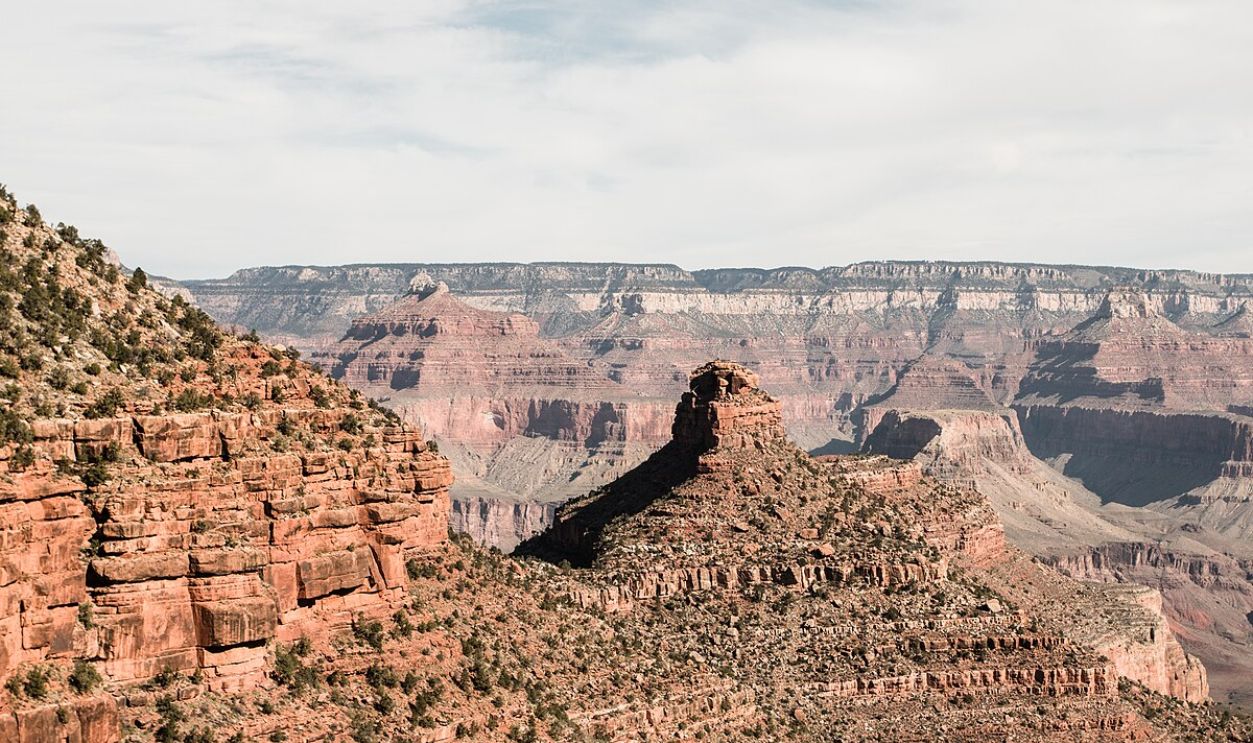 Sharon Mollerus, CC BY 2.0, Wikimedia Commons
Sharon Mollerus, CC BY 2.0, Wikimedia Commons
Home To Diverse Wildlife
If you are lucky enough, you might catch sight of mule deer, California condors, and maybe even an elusive mountain lion. But hey, follow the safety rules and don’t try to feed the animals. Photos will do just fine.
 John Kees, CC BY-SA 3.0, Wikimedia Commons
John Kees, CC BY-SA 3.0, Wikimedia Commons
Fly In For A Bird’s Eye View
Anyone who’s got the budget and the courage should consider taking a helicopter tour of the Grand Canyon. Flying over the canyon is the best way to see its massive scale and incredible beauty. It’s a dream come true for thrill-seekers.
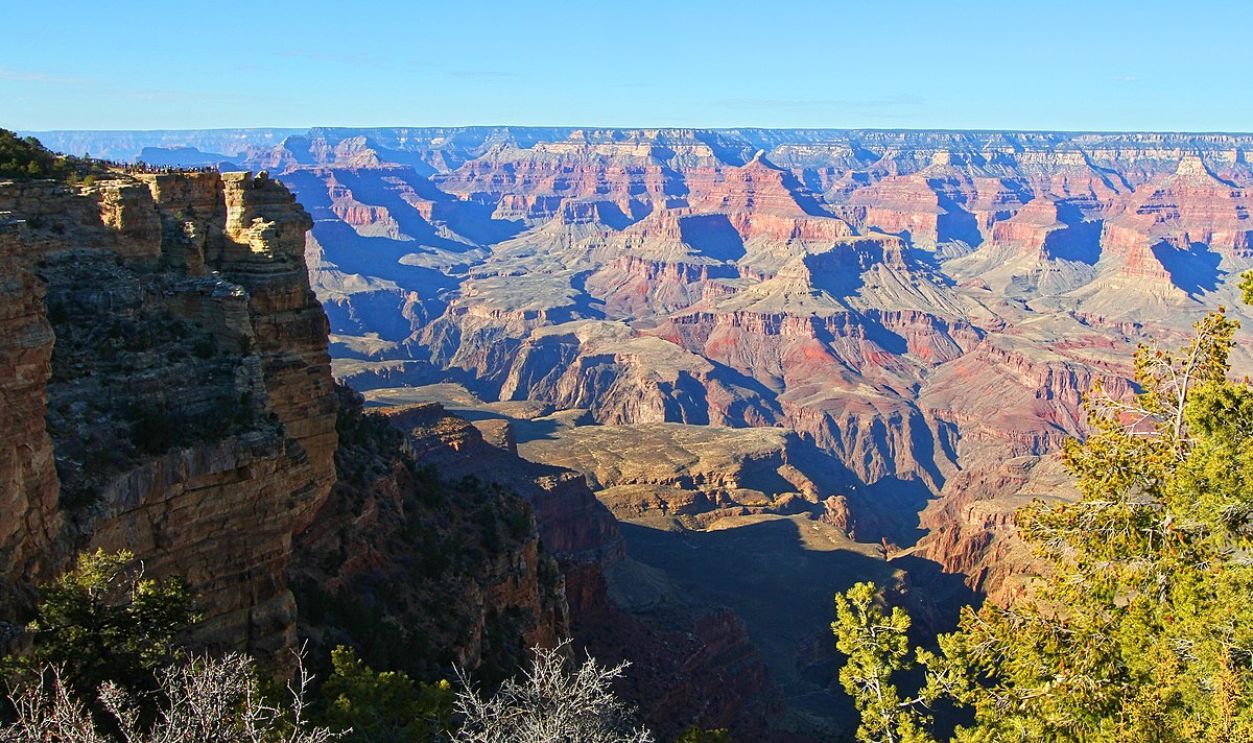 ThomasLendt, CC BY-SA 4.0, Wikimedia Commons
ThomasLendt, CC BY-SA 4.0, Wikimedia Commons
Great Barrier Reef: Underwater Wonderland
The Australian Great Barrier Reef is the planet's most extensive coral reef. Spanning over 1,400 miles long, this underwater reef homes plants and animals of all kinds. Snorkeling in the reef is like swimming through a kaleidoscope; the color and shapes of the fish and plants are unforgettable.
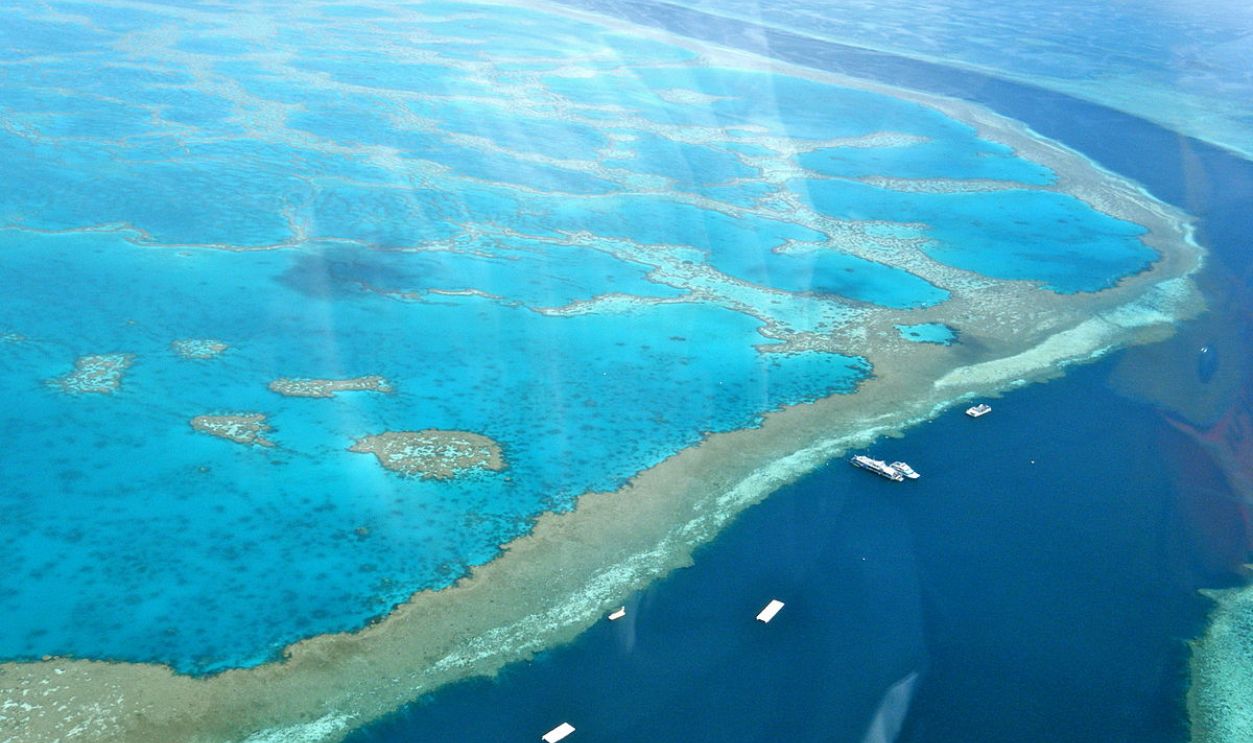 Sarah_Ackerman, CC BY 2.0, Wikimedia Commons
Sarah_Ackerman, CC BY 2.0, Wikimedia Commons
Species Galore
The reef is home to thousands of species, including clownfish, sea turtles, and manta rays. Every dive is a new 3D experience that will be shared with colorful creatures and their busy underwater life. For Underwater photographers, this is it.
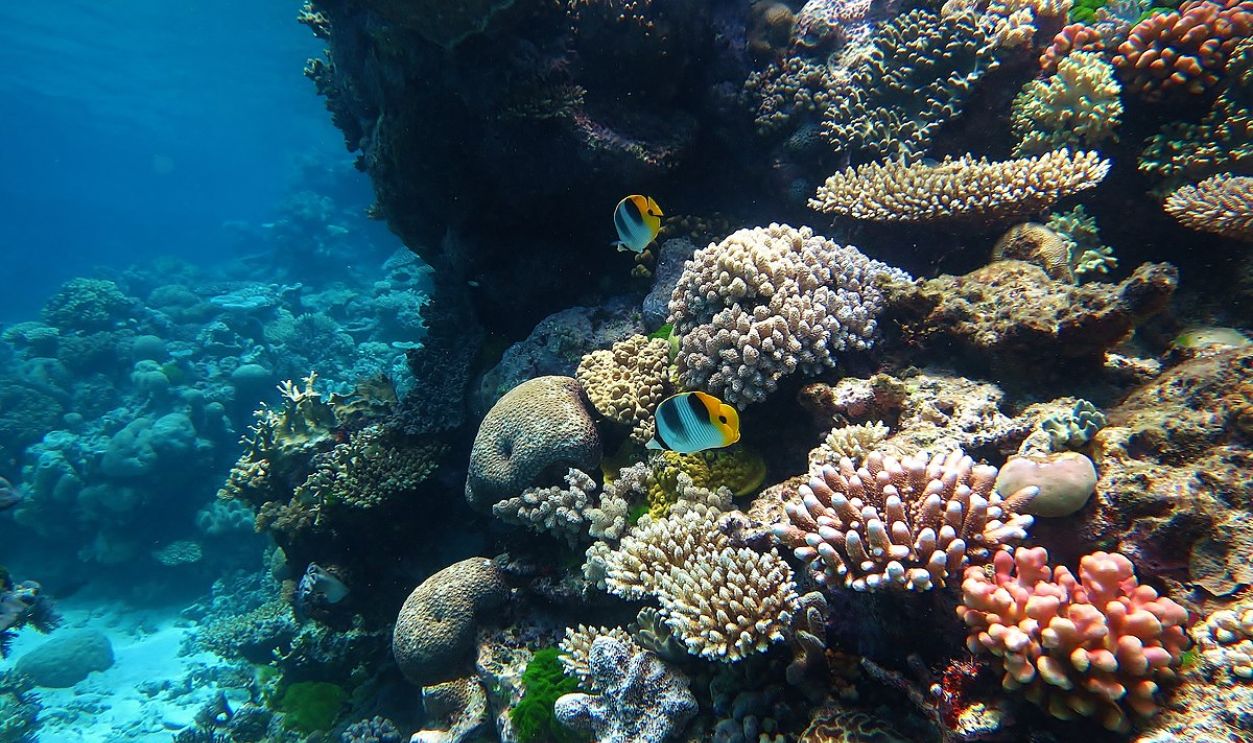 Wise Hok Wai Lum, CC BY-SA 4.0, Wikimedia Commons
Wise Hok Wai Lum, CC BY-SA 4.0, Wikimedia Commons
It’s A Safe Haven For A Threatened Ecosystem
The rising sea temperatures observed across the world have been bleaching the coral and threatening life on the reef. But the little that’s left is still mezmerizing such that if you get here, be aware of what heals and what harms the coral.
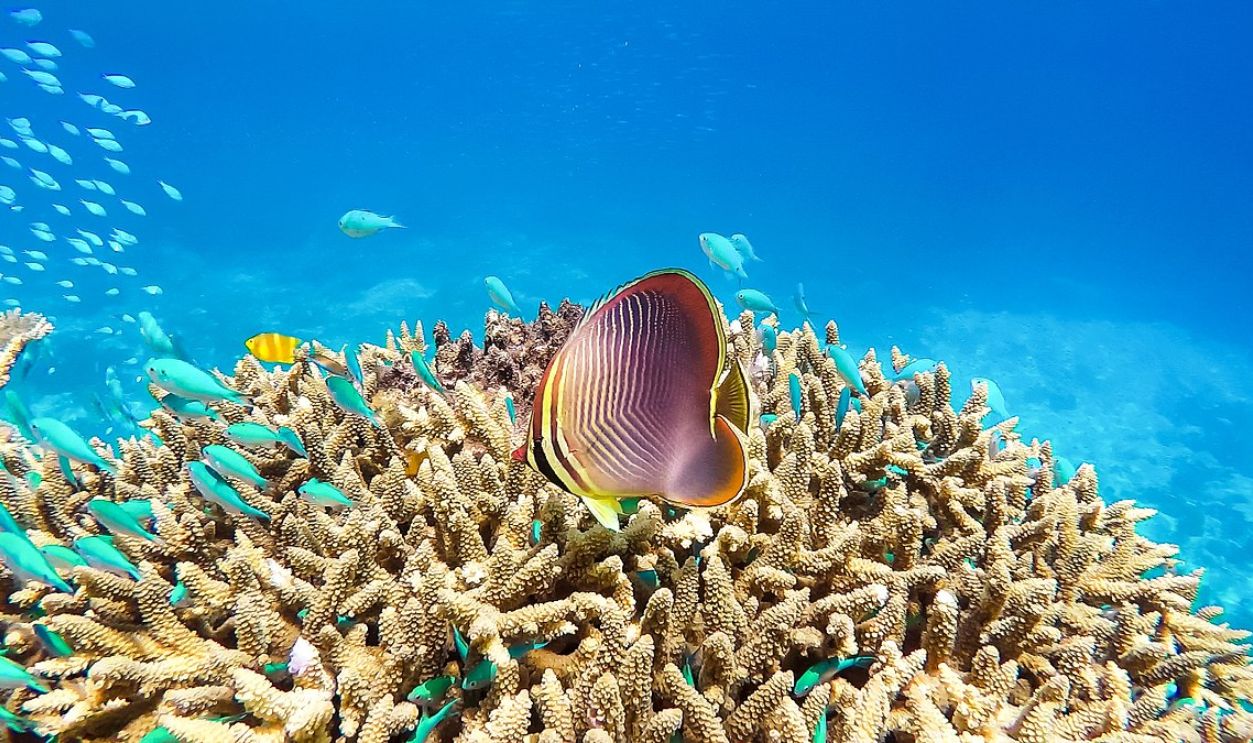 Workfortravel, CC BY-SA 4.0, Wikimedia Commons
Workfortravel, CC BY-SA 4.0, Wikimedia Commons
Stunning Beaches Beyond The Reef
The islands around the Barrier Reef are adorned with gorgeous beaches and dense rainforest. Among the best is Whitsunday Islands which happens to be the perfect base for exploration. This spot is idea for both relaxation and adventure.
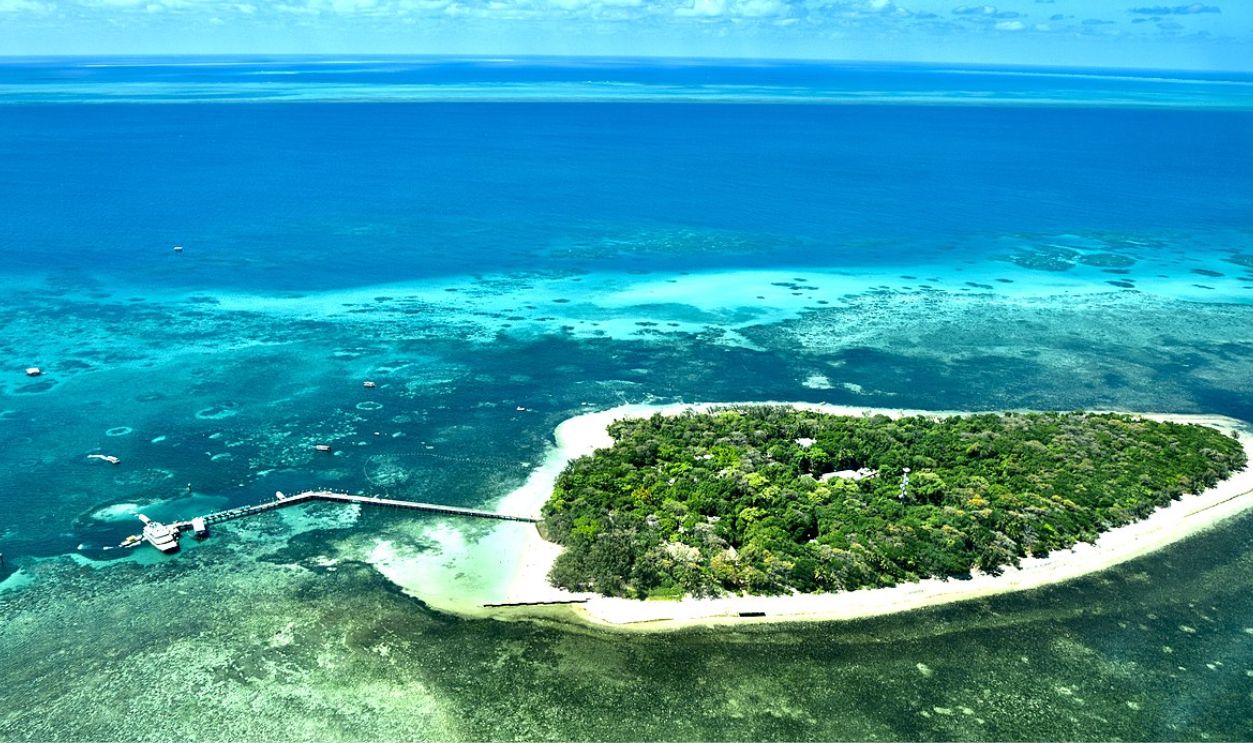 Ank Kumar, CC BY-SA 4.0, Wikimedia Commons
Ank Kumar, CC BY-SA 4.0, Wikimedia Commons
View From Above
Just like the Grand Canyon, get to also enjoy the reef from above. Reserve a spot on a flight over the reef for a different unforgettable experience. The view is spectacular because it lets you see the fascinating patterns and outstanding colors of the coral.
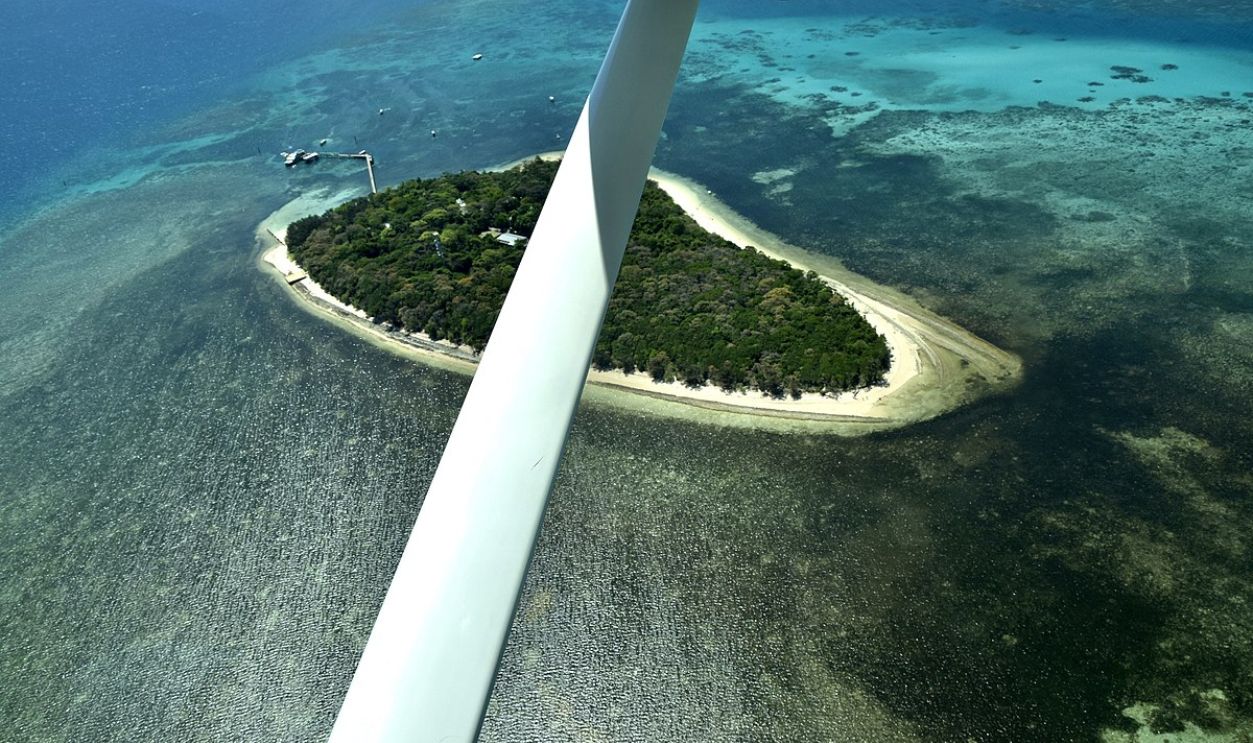 Ank gsx, CC BY-SA 4.0, Wikimedia Commons
Ank gsx, CC BY-SA 4.0, Wikimedia Commons
Iguazu Falls Are A Powerful Force Of Nature
Iguazu Falls, which lies on the borders of Argentina and Brazil, is made up of 275 individual falls spread over nearly two miles. This is probably one of the longest and most awe-inspiring group of waterfalls in the world.
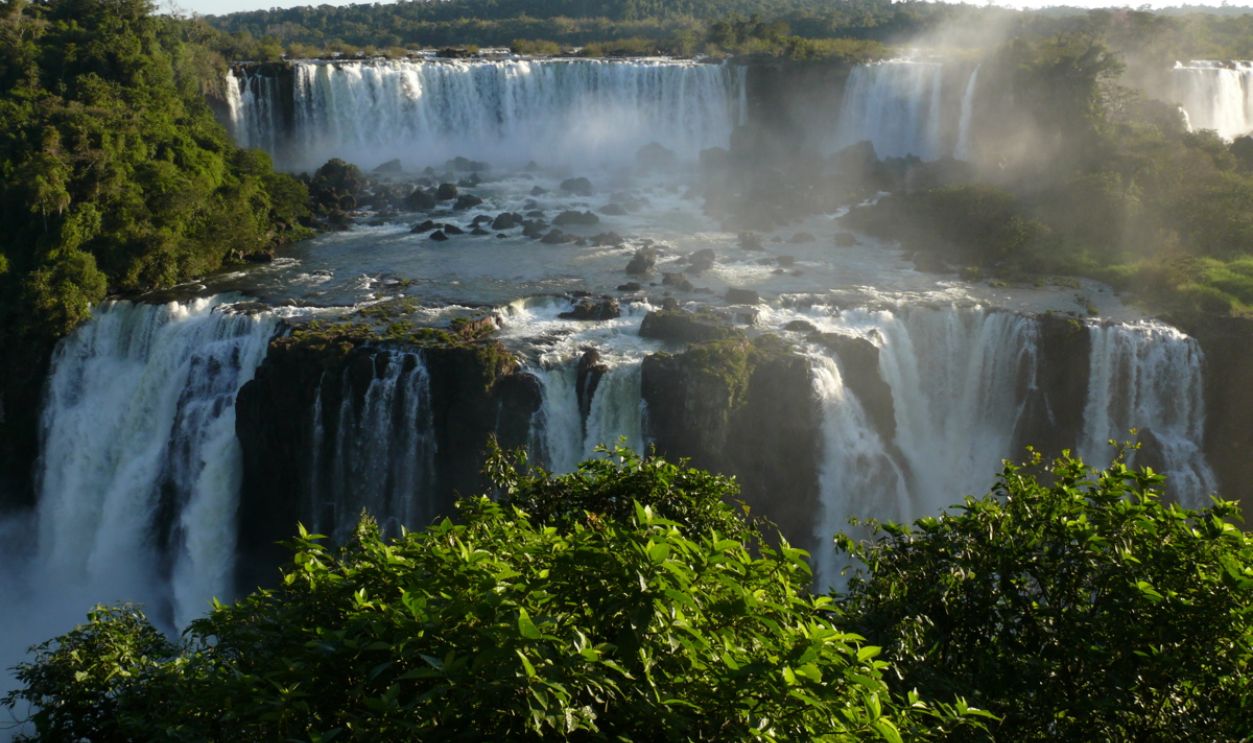 Pablo H, CC BY 2.0, Wikimedia Commons
Pablo H, CC BY 2.0, Wikimedia Commons
Meet The Devil’s Throat
The Devil’s Throat is a section of Iguazu Falls where the water crashes down from a U-shaped chasm. This spectacle is the source of a thundering roar of water you will start hearing miles away as you approach the fall.
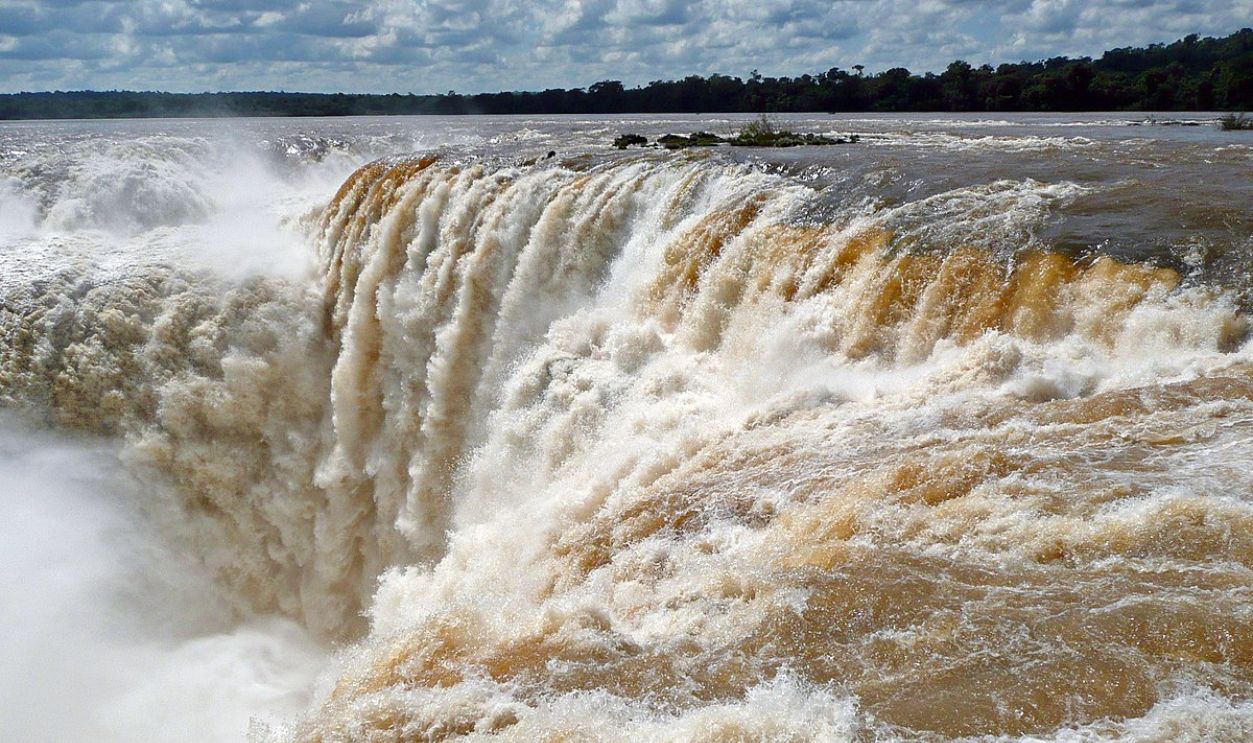 James St. John, CC BY 2.0, Wikimedia Commons
James St. John, CC BY 2.0, Wikimedia Commons
Two-Sided Wonder
The Falls sit on the border of Argentina and Brazil, so you get a different perspective depending on which country you are in. From Argentina, you’ll have a closer and bigger view, but in Brazil, you’ll get a more panoramic perspective.
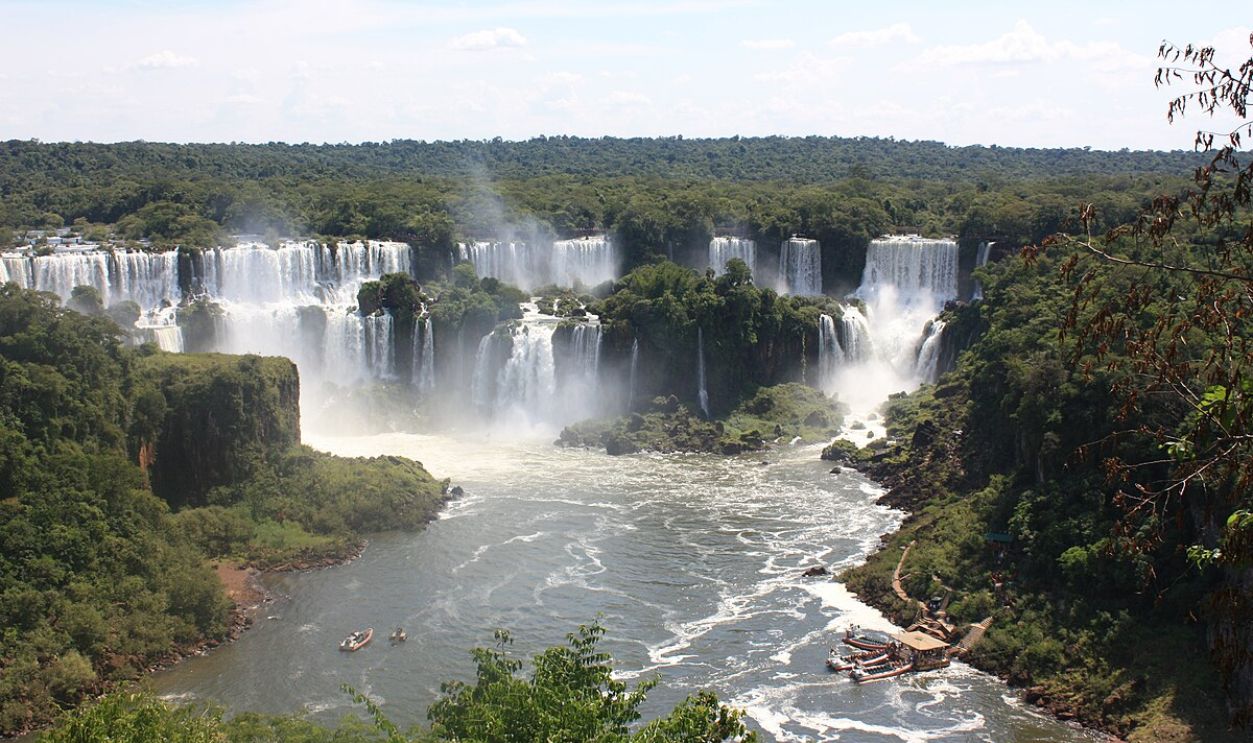 Arian Zwegers, Belgium, CC BY 2.0, Wikimedia Commons
Arian Zwegers, Belgium, CC BY 2.0, Wikimedia Commons
Lush Rainforests
Imagine an area with wildlife so varied, you can see toucans, jaguars, and colorful butterflies all in the same area. The rainforests in the surrounding area are as captivating as the falls themselves, with plenty of biodiversity. Perhaps take a boat ride to experience it all.
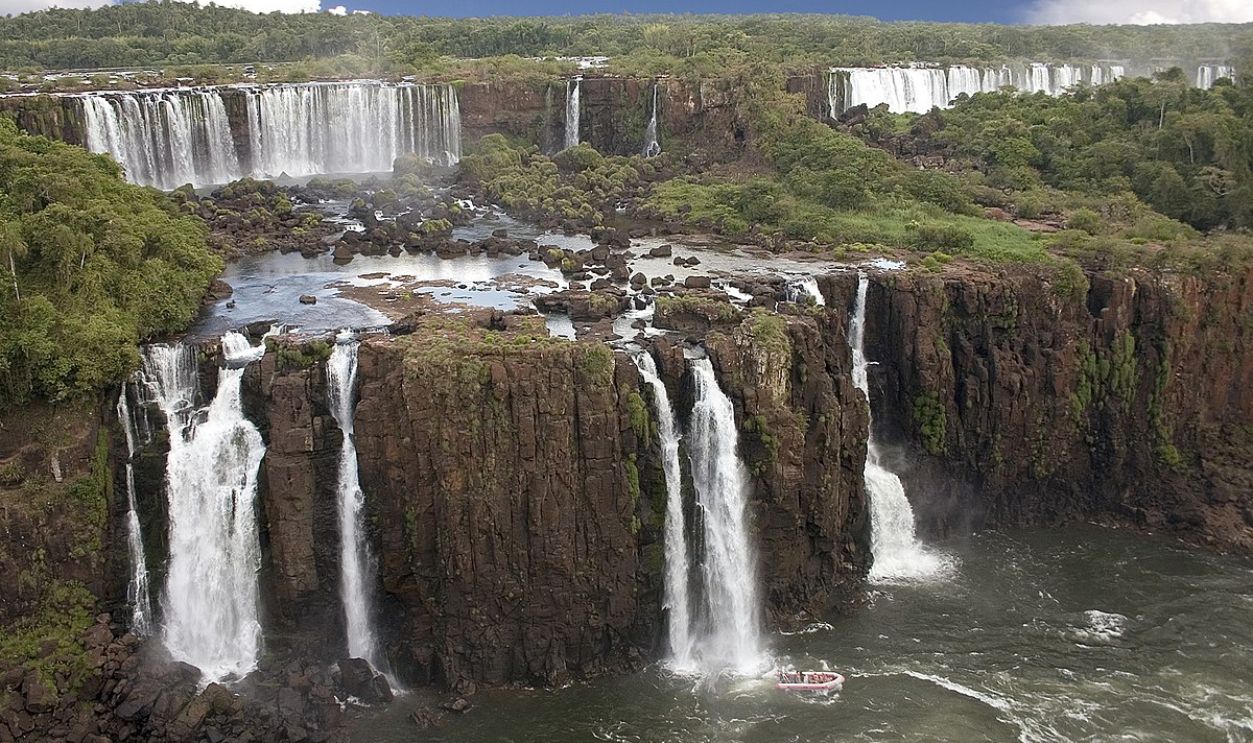 Luca Galuzzi, CC BY-SA 2.5, Wikimedia Commons
Luca Galuzzi, CC BY-SA 2.5, Wikimedia Commons
Mount Everest Demands Endurance
Situated in the Himalayas between Nepal and Tibet, Mount Everest is the World's tallest mountain. But it’s more than that. It has become a symbol of courage and endurance. Only the most adventurous climbers take on this challenge. We regular folks can visit the base camp.
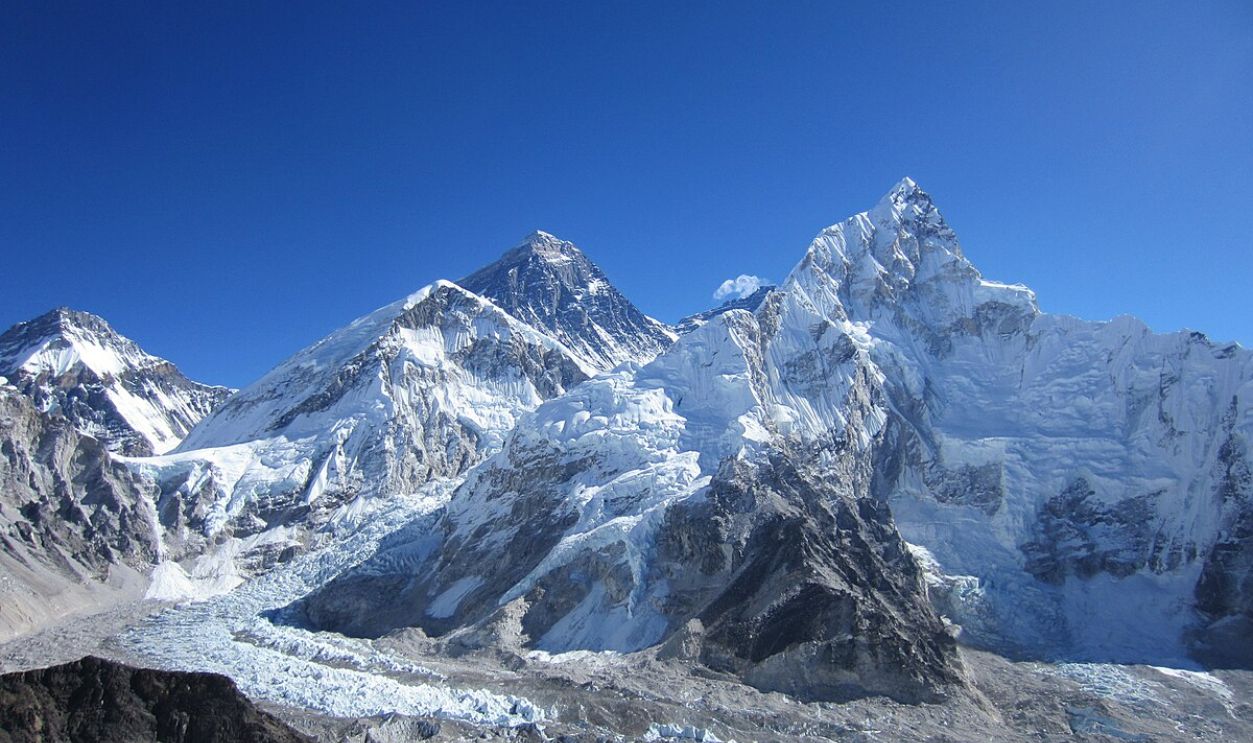 Thisisbadri, CC BY-SA 4.0, Wikimedia Commons
Thisisbadri, CC BY-SA 4.0, Wikimedia Commons
Everest Base Camp
Even if you’re not up for the climb, you can wander to the Everest Base Camp for an unforgettable experience. This hike takes you through the beautiful Khumbu Valley, where you can see the Himalayas and glimpse the lifestyle of the Sherpa people. It’s not easy, but definitely rewarding.
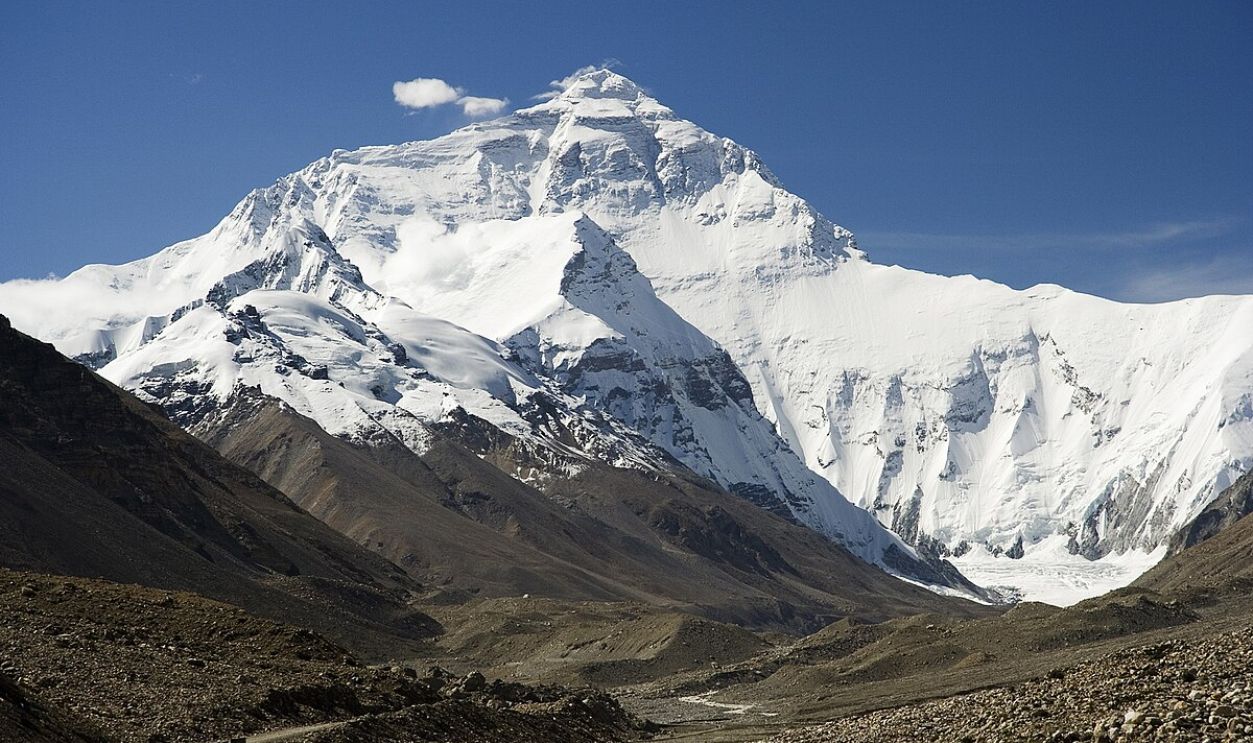 Luca Galuzzi, CC BY-SA 2.5, Wikimedia Commons
Luca Galuzzi, CC BY-SA 2.5, Wikimedia Commons
Reaching The Summit
Not many climbers are skilled enough to reach the summit of Everest. It’s a tough challenge that takes months of preparation and planning to account for the lack of oxygen at these extreme heights. But the view from the top is the ultimate reward for anyone ready to test their endurance.
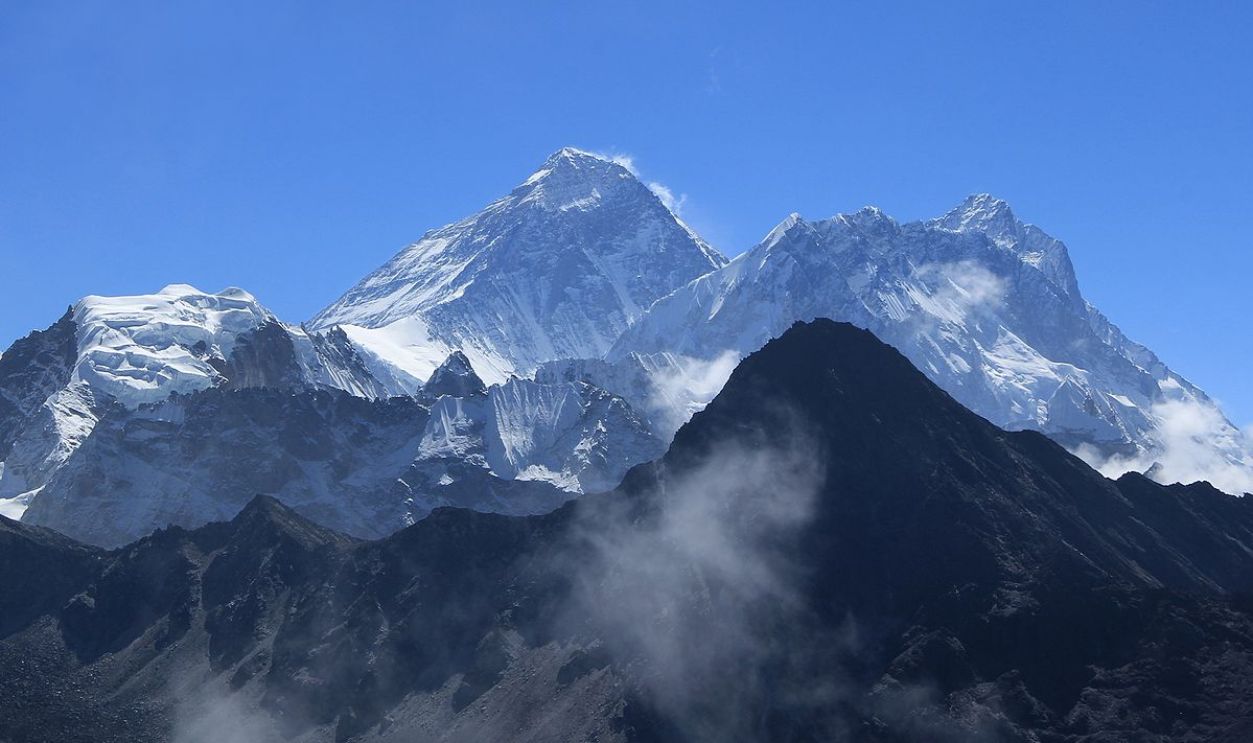 Wang Lama Humla, CC BY-SA 4.0, Wikimedia Commons
Wang Lama Humla, CC BY-SA 4.0, Wikimedia Commons
Join Legendary Explorers
Everest has a rich history of exploration. The first victorious summit by Sir Edmund Hillary and Tenzing Norgay in 1953 remains a legendary achievement, inspiring adventurers around the world. History buffs and mountaineering fans will appreciate the storied past of this iconic peak.
 Jamling Tenzing Norgay, CC BY-SA 3.0, Wikimedia Commons
Jamling Tenzing Norgay, CC BY-SA 3.0, Wikimedia Commons
Shrinking Glaciers
Climate change affecting the entire world also has an impact on Mount Everest. The glaciers are shrinking and weather patterns are becoming more extreme and unpredictable. It’s vital that all climbers and nature lovers help with the efforts to conserve and protect this spot.
Aurora Borealis: Nature’s Light Show
The Aurora Borealis as many know as the Northern Lights is one of nature’s miracles that transforms the night sky into a palette of brilliant colors. Seeing lights that are green, purple, and red decorate the sky is a magical experience. It's too bad that it only happens in the winter months.
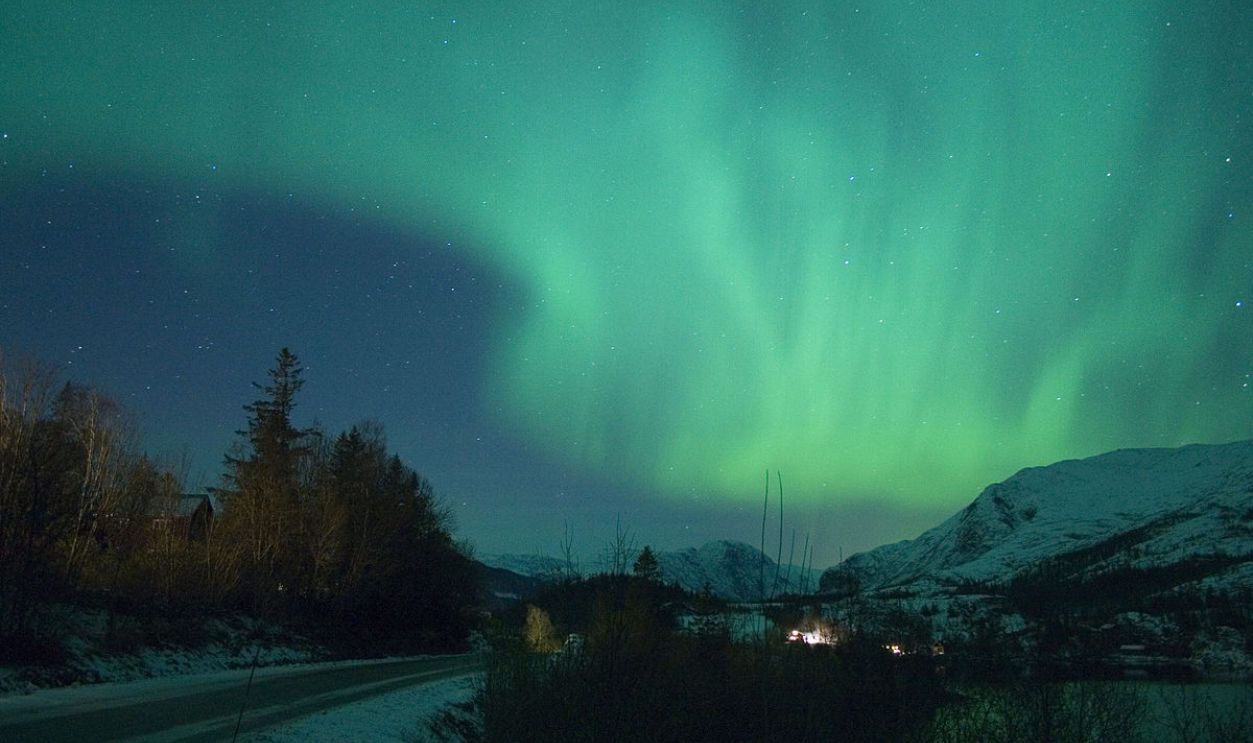 Rafal Konieczny, CC BY-SA 3.0, Wikimedia Commons
Rafal Konieczny, CC BY-SA 3.0, Wikimedia Commons
Winter’s Magic Show
The darker and clearer the night is, the better you can see the Northern Lights. The time to plan this experience is during the winter months, from mid-September to early April, in countries like Norway, Iceland, Scotland, and Northern Canada. If you love a chill and watch session, the Aurora Borealis is perfect.
 AstroAnthony, CC BY 4.0, Wikimedia Commons
AstroAnthony, CC BY 4.0, Wikimedia Commons
When Energized Particles Collide
The Northern lights aren’t random, but a feat of science. They occur when the sunlight particles hit Earth’s atmosphere and the magnetic North pole pulls these particles making them bump into gases and emit radiant light. Oxygen produces green and red light, and nitrogen produces blue and purple.
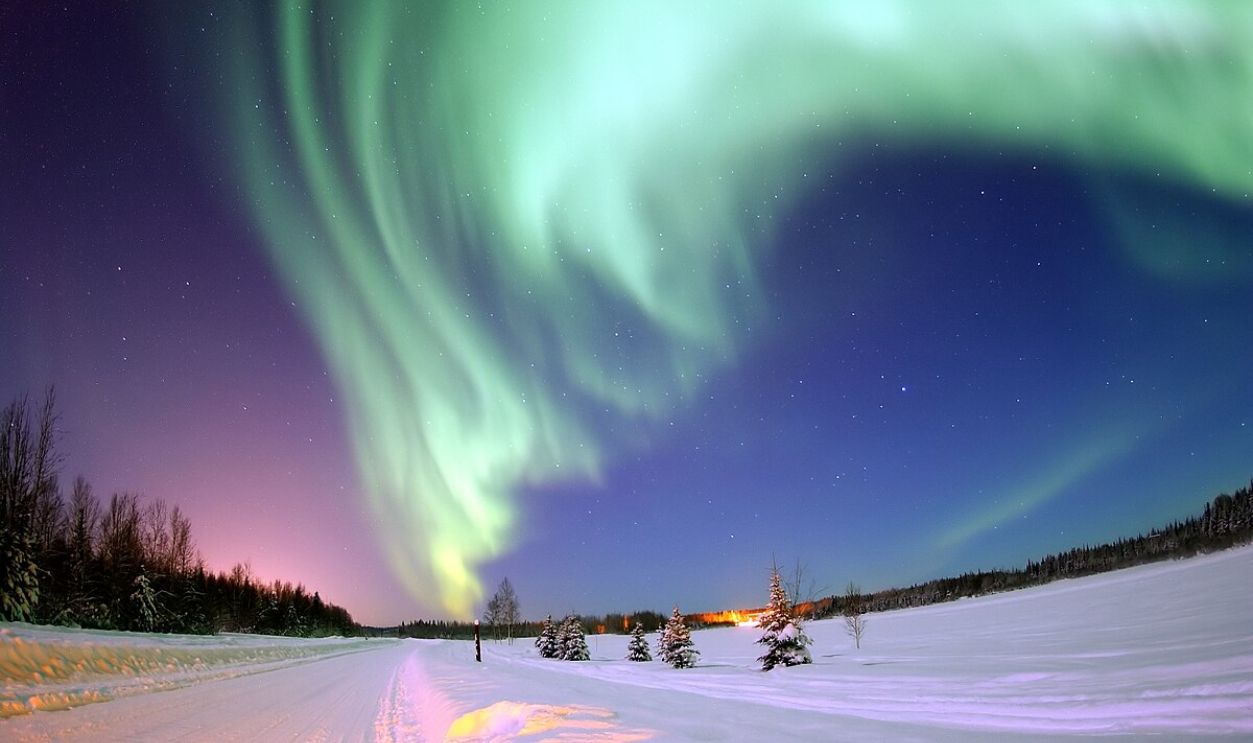 Joshua Strang, Wikimedia Commons
Joshua Strang, Wikimedia Commons
A Northern Exposure
You might be huddled in a cabin or on a guided tour; either way, it’s thrilling to wait for the lights to appear. It doesn’t matter if you’re an amateur with a cellphone or a professional photographer setting up a long-exposure shot, the extraordinary show always awes.
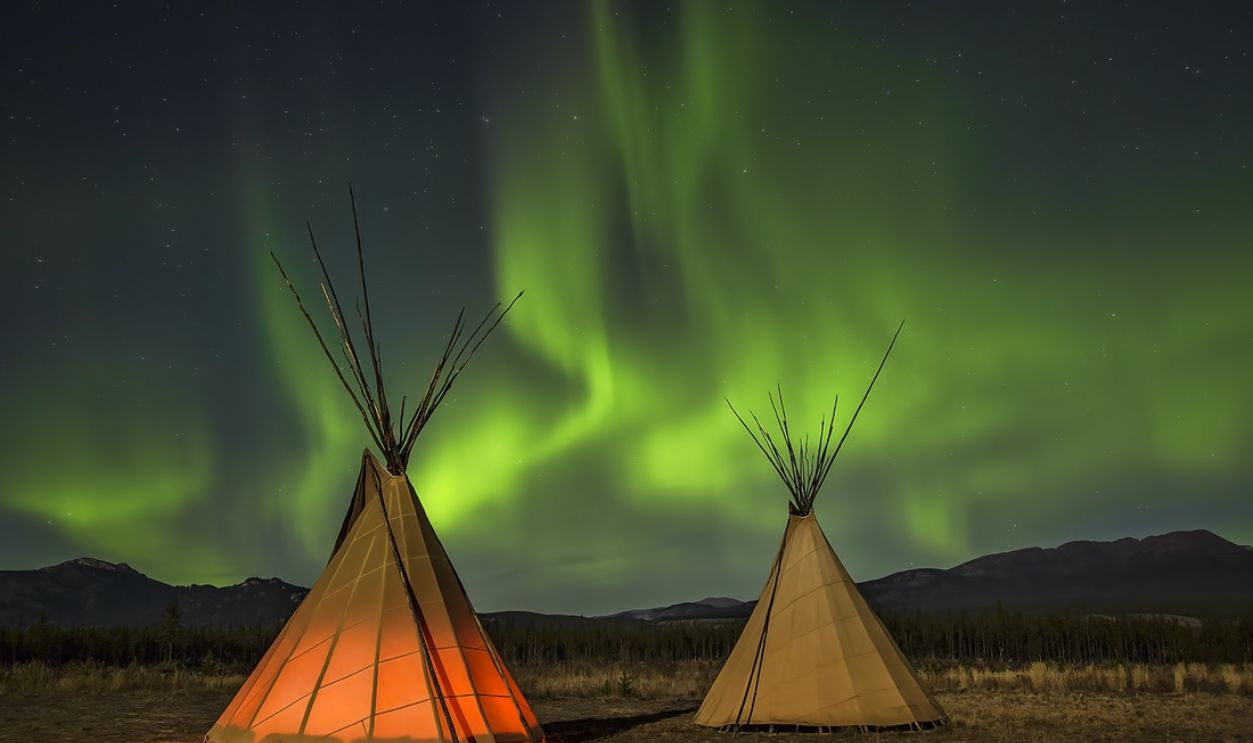 Elaine R. Wilson, CC BY-SA 3.0, Wikimedia Commons
Elaine R. Wilson, CC BY-SA 3.0, Wikimedia Commons
Victoria Falls: Majestic Like Its Namesake
Victoria Falls is situated about halfway along the Zambezi River, the fourth-largest African river. The area includes national parks on both sides, making it a major tourist attraction and one of the largest and most spectacular waterfalls in the world, named after Queen Victoria.
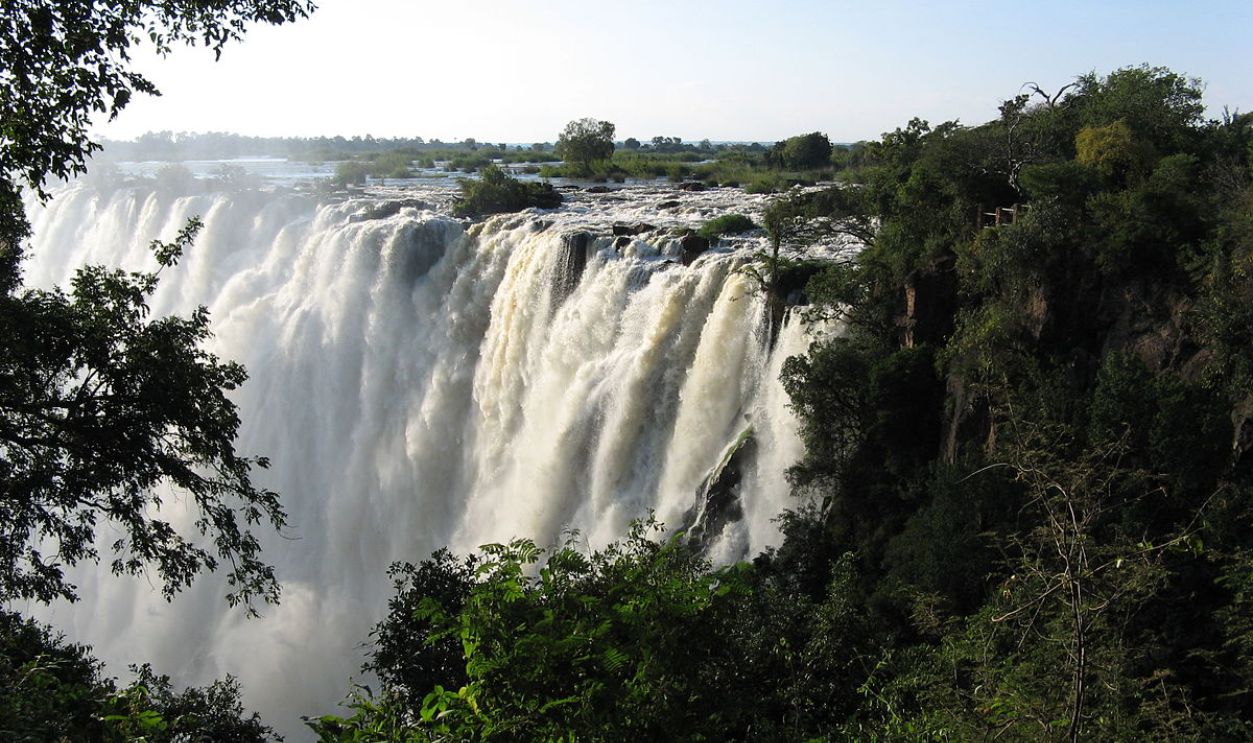 Someone35, CC BY-SA 3.0, Wikimedia Commons
Someone35, CC BY-SA 3.0, Wikimedia Commons
The Smoke That Thunders
The falls are known by the residents as “Mosi-oa-Tunya,” or “The Smoke That Thunders,” because of the massive spray that comes up from the crashing water like smoke. The mist is visible from miles away, in both Zambia and Zimbabwe which it borders.
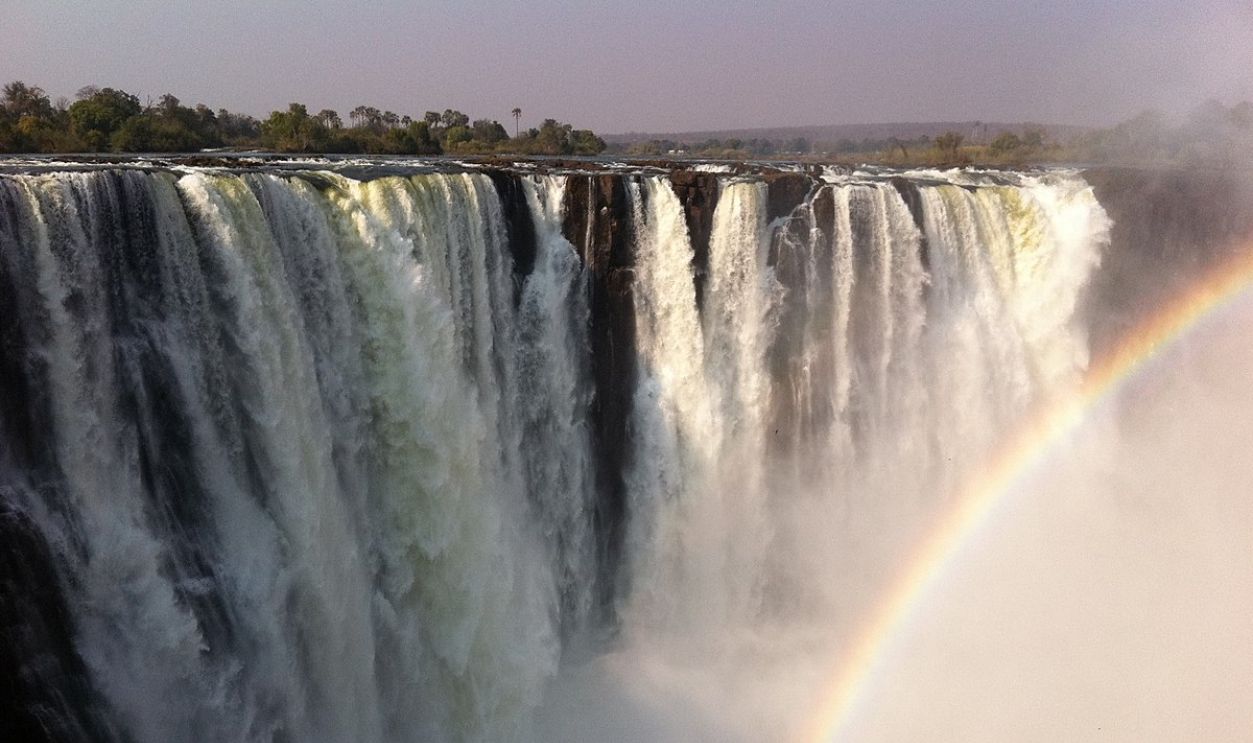 PLBechly, CC BY-SA 4.0, Wikimedia Commons
PLBechly, CC BY-SA 4.0, Wikimedia Commons
Action Packed Adventure
The area around Victoria Falls is a paradise for anyone seeking thrill and chills. From white water rafting to zip-lining and taking a swim in the Devil’s Pool—there’s no shortage of attractions if you’re looking for outdoor action in this stunning landscape.
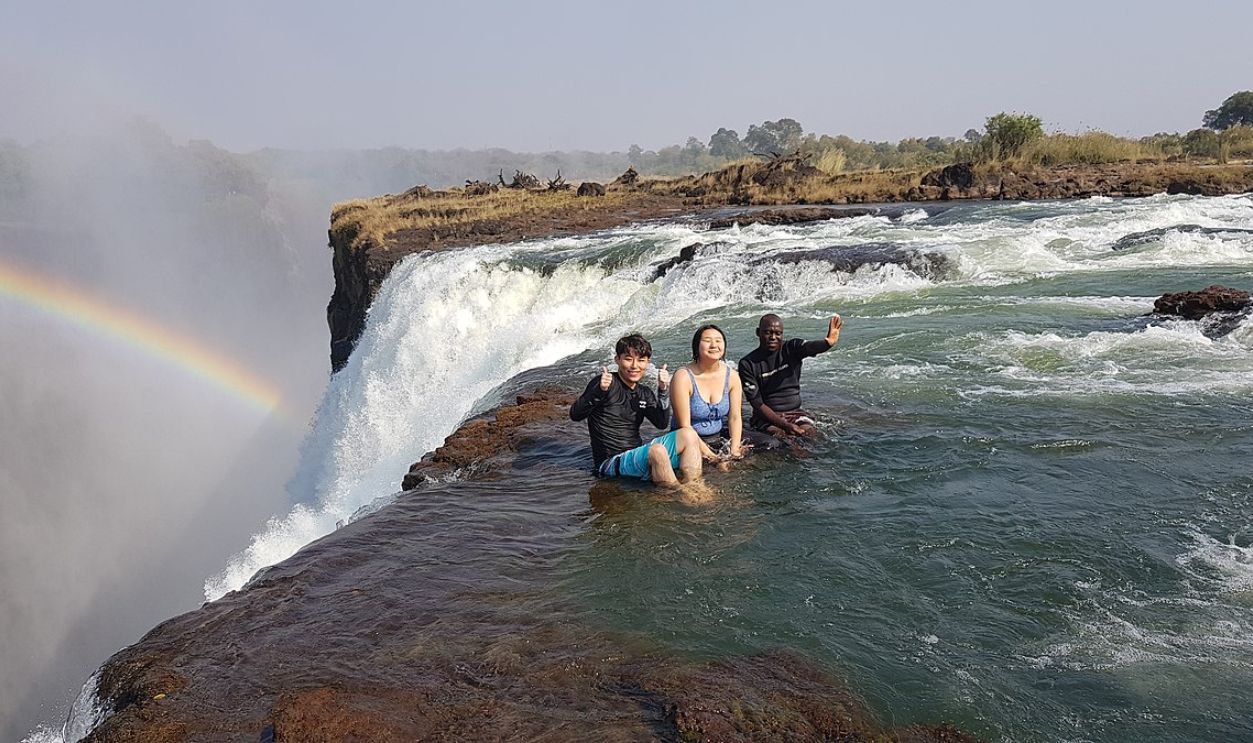 Royal Mayhem, CC BY-SA 4.0, Wikimedia Commons
Royal Mayhem, CC BY-SA 4.0, Wikimedia Commons
Less Strenuous Action
More relaxed activities available at Victoria Falls include sunset boat cruises, game drives, and nature walks. There’s always a good chance of seeing wildlife like elephants and hippos. Also, why not visit the local communities to see the arts and crafts or learn to hunt?
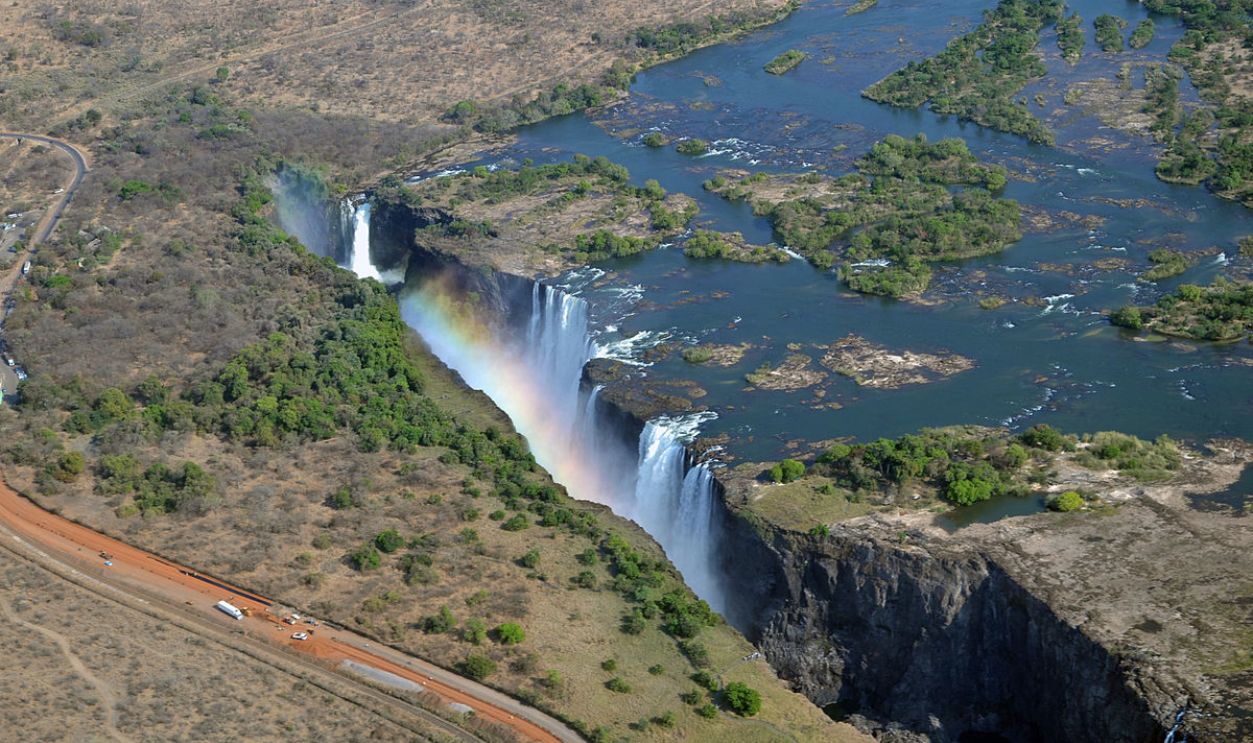 Kuroiniisan, CC BY-SA 3.0, Wikimedia Commons
Kuroiniisan, CC BY-SA 3.0, Wikimedia Commons
Great Blue Hole: Dive into the Abyss
The Great Blue Hole, located off the coast of Belize in Central America, is a giant marine sinkhole famous for its underwater beauty. Divers from around the world visit to explore the deep sea and get a glimpse of the extraordinary marine life and unique geology.
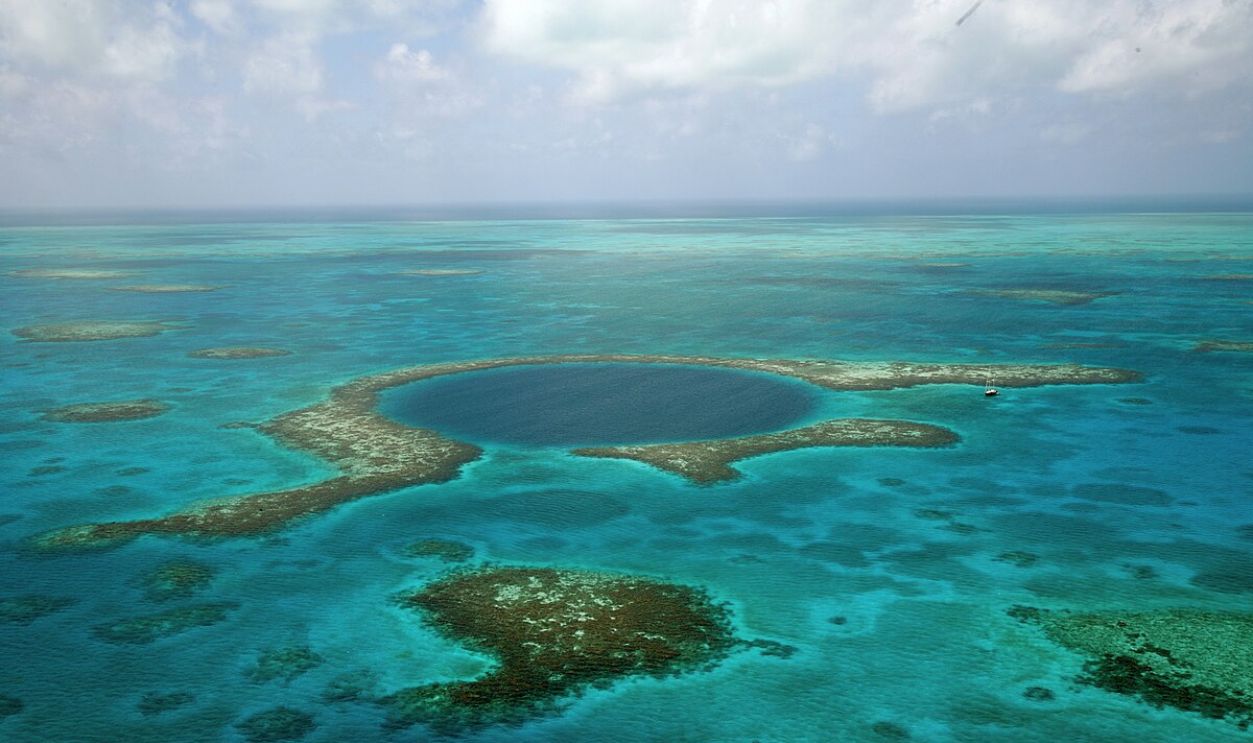 The TerraMar Project, CC BY 2.0, Wikimedia Commons
The TerraMar Project, CC BY 2.0, Wikimedia Commons
A Nod To Jacques Cousteau
The Great Blue Hole was formed during the Quaternary glacial period when sea levels were lower. It started off as a limestone cave that collapsed when the water levels rose, leaving a hole in its wake. Jacques Cousteau’s expedition brought it fame in 1971.
Stalactites Hang From The Walls
As divers enter the Great Blue Hole, the clear blue water gives way to deep mysterious rock formations, including stalactites that hang from the walls. It’s also a place where unique marine life makes its home, creating a fascinating experience for any explorers ready to take the plunge.
Belize Barrier Reef
The Great Blue Hole is a section of the Belize Barrier Reef, a UNESCO World Heritage site that is perfect for snorkeling, diving, and fishing. It’s been called one of the most fascinating dive sites on Earth by conservationists and eco-tourists.
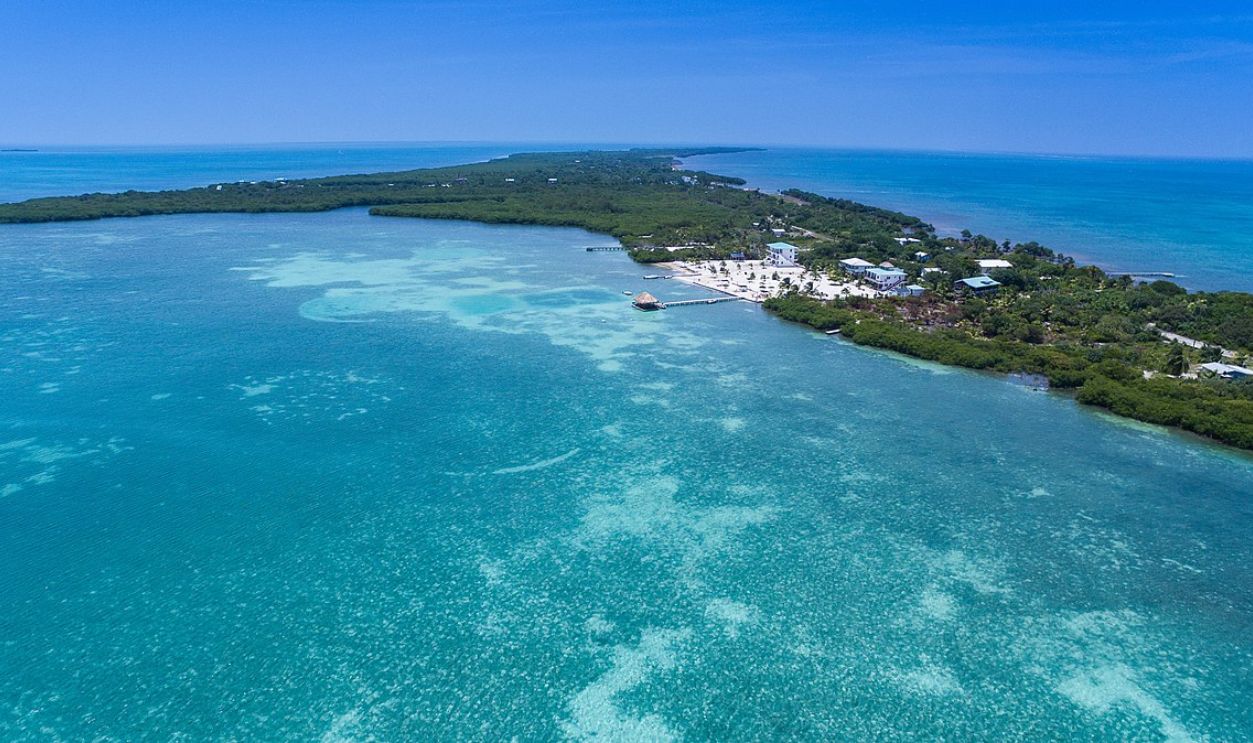 Dronepicr, CC BY 3.0, Wikimedia Commons
Dronepicr, CC BY 3.0, Wikimedia Commons
Salar De Uyuni: Mirror To The Sky
Salar de Uyuni in southwest Bolivia is the world’s largest salt flat, and when it rains it becomes a giant mirror that reflects the sky. Visiting this surreal landscape is like walking on the clouds. The reflective surface appears during the rainy season, from December to March.
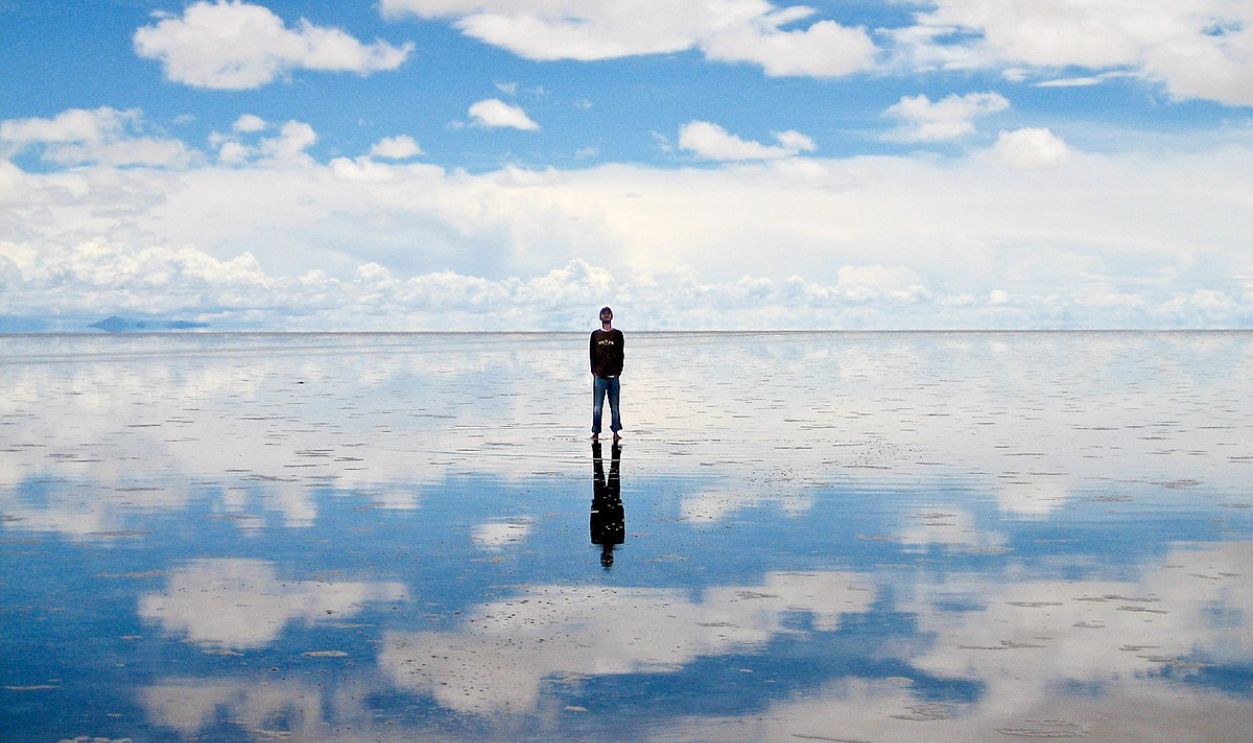 Chechevere, CC BY 3.0, Wikimedia Commons
Chechevere, CC BY 3.0, Wikimedia Commons
No Boundaries
Visiting Salar de Uyuni is like traveling into a dreamlike world where there’s no boundary between the Earth and the sky. It feels like being on another planet, a place you must see if you’re visiting South America, full of mystical legends.
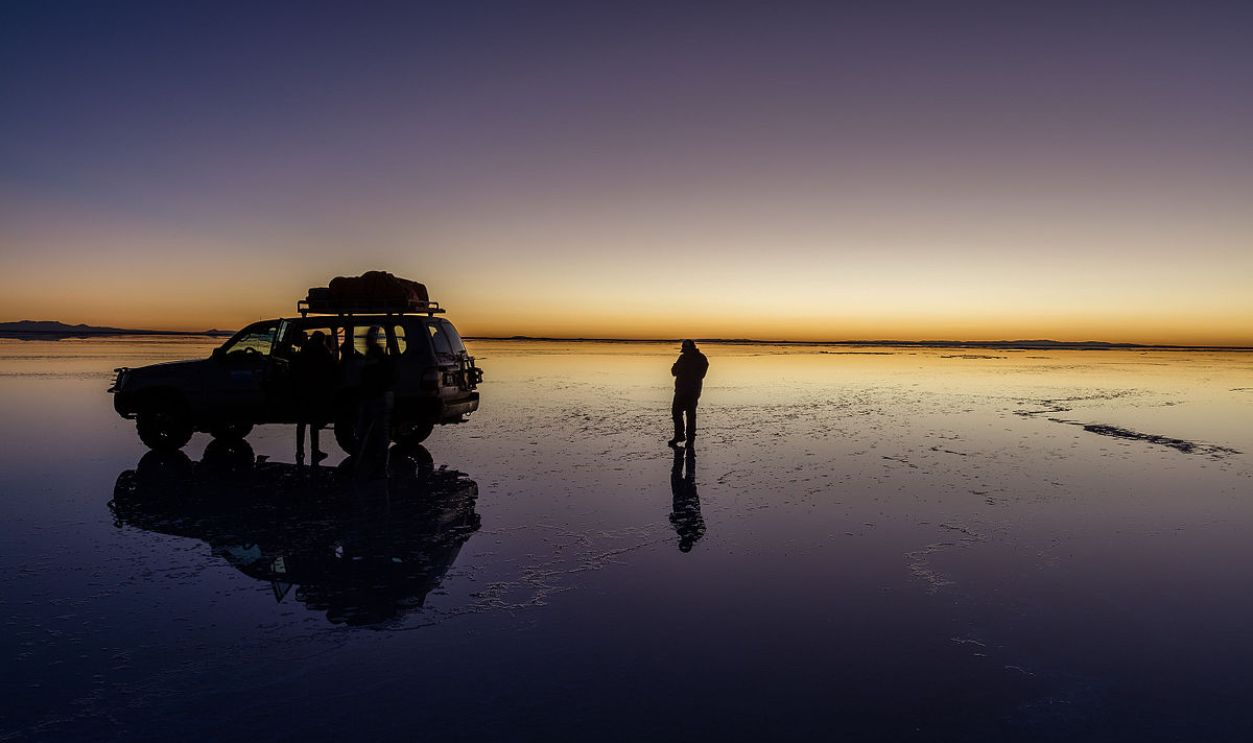 Diego Delso, CC BY-SA 4.0, Wikimedia Commons
Diego Delso, CC BY-SA 4.0, Wikimedia Commons
The Legends Abound
According to the Aymaran legend, these salt flats were created from the tears and breastmilk of the goddess Tunupa. They started off as ancient lakes but evaporated over thousands of years, leaving us with a thick layer of salt that forms hexagonal patterns that continue far into the distance.
Striking And Otherworldly
This area is also home to unique geological formations, including the famous Incahuasi Island, which is covered in giant cacti. This rocky outcrop that rises out of the middle of the salt flats makes a striking contrast to the white expanse that surrounds it.
Mount Kilimanjaro: Africa’s Shining Wonder
Mount Kilimanjaro is Africa's highest mountain, standing at an impressive 19,341 feet (5,895 meters) above sea level. Interestingly, it is not part of a mountain range; rather, it rises up regally from the surrounding plains. Its snow-capped peak is visible from miles around.
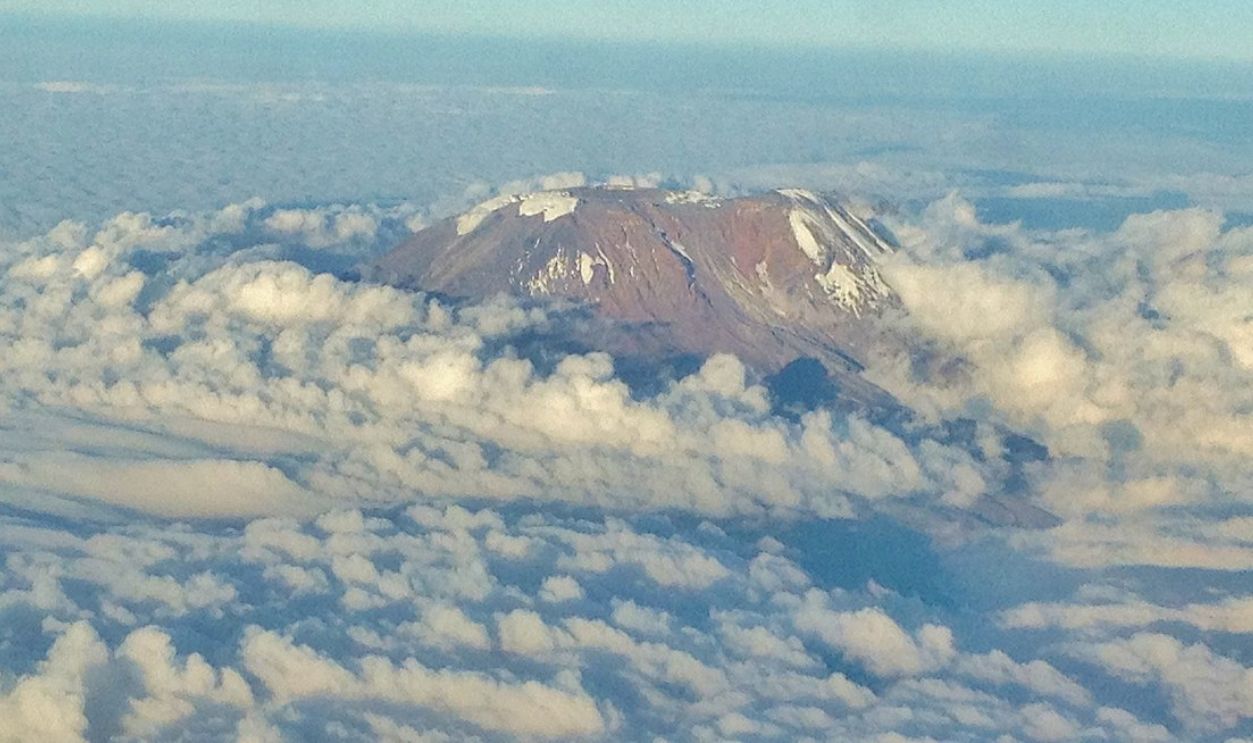 Michelle Maria, CC BY 3.0, Wikimedia Commons
Michelle Maria, CC BY 3.0, Wikimedia Commons
Climbing Kilimanjaro
The climb up Kilimanjaro is not especially technical, but climbers have to plan their route carefully so they get properly acclimatized to the changes in altitude. There are a few choices of routes that you can take to reach the summit, lasting about six to nine days.
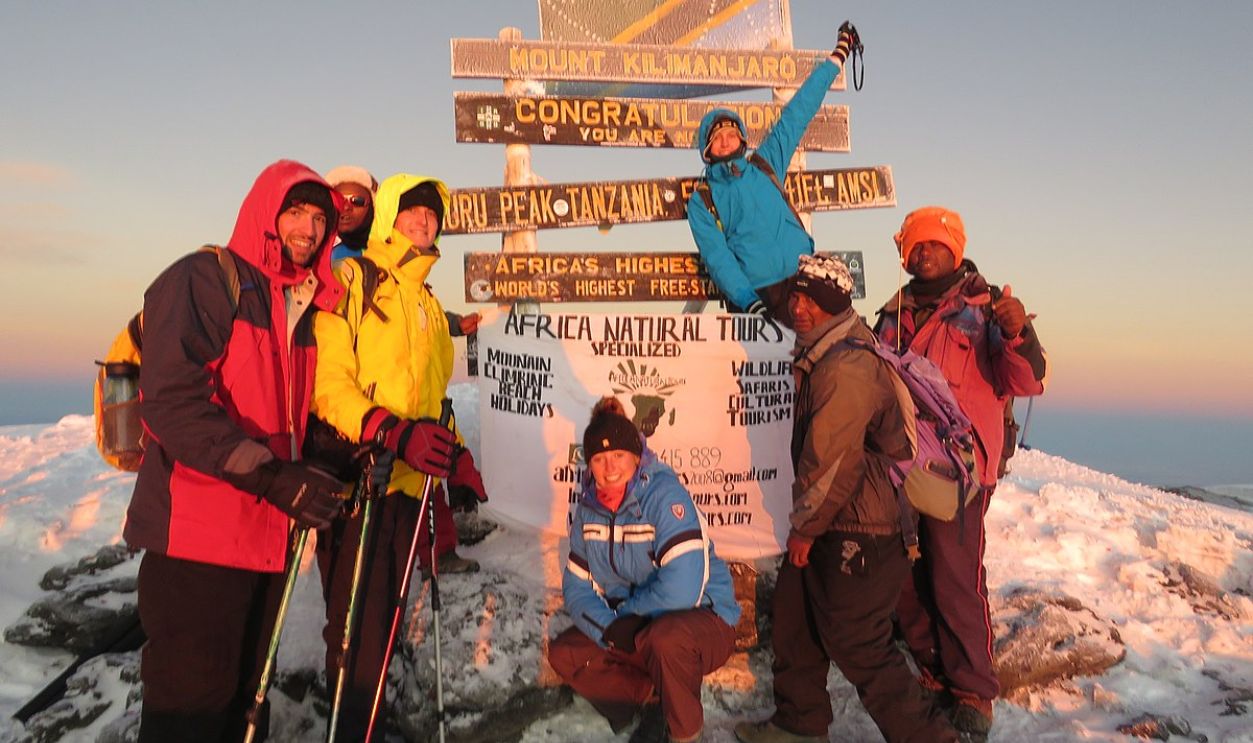 Africanaturaltours21, CC BY-SA 4.0, Wikimedia Commons
Africanaturaltours21, CC BY-SA 4.0, Wikimedia Commons
View From The Top
For the intrepid climbers who manage to reach the highest Uhuru Peak summit, celebrate a moment of triumph. The view from the top of the mountain is breathtaking. Apparently, you can even see the curvature of the Earth when you look out on the horizon—cool, right?
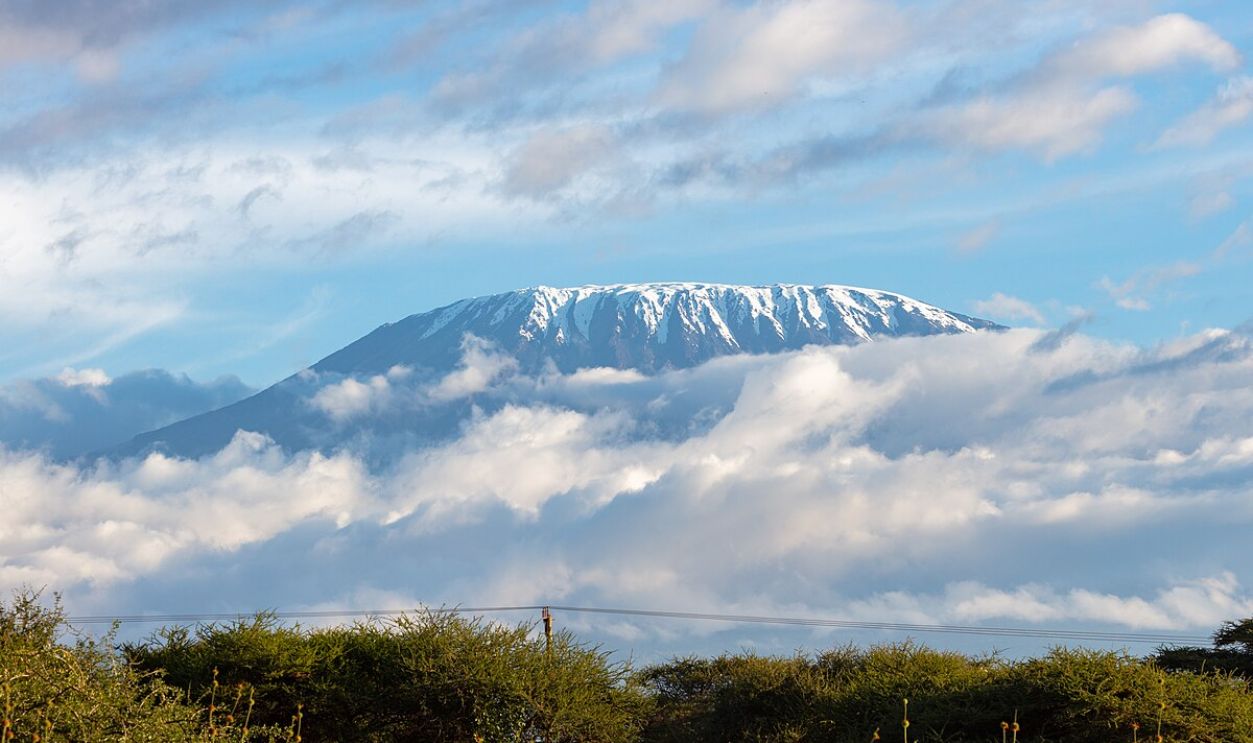 Diego Delso, CC BY-SA 4.0, Wikimedia Commons
Diego Delso, CC BY-SA 4.0, Wikimedia Commons
Action-Packed Outdoors
While you’re in the area, you can enjoy some of the fabulous outdoor activities located nearby. Some examples are the Materuni Waterfalls, Kikuletwa Hot Springs, the Lake Chala crater, coffee plantation tours, or a visit to the Maasai tribe’s cultural village. And…..safaris.
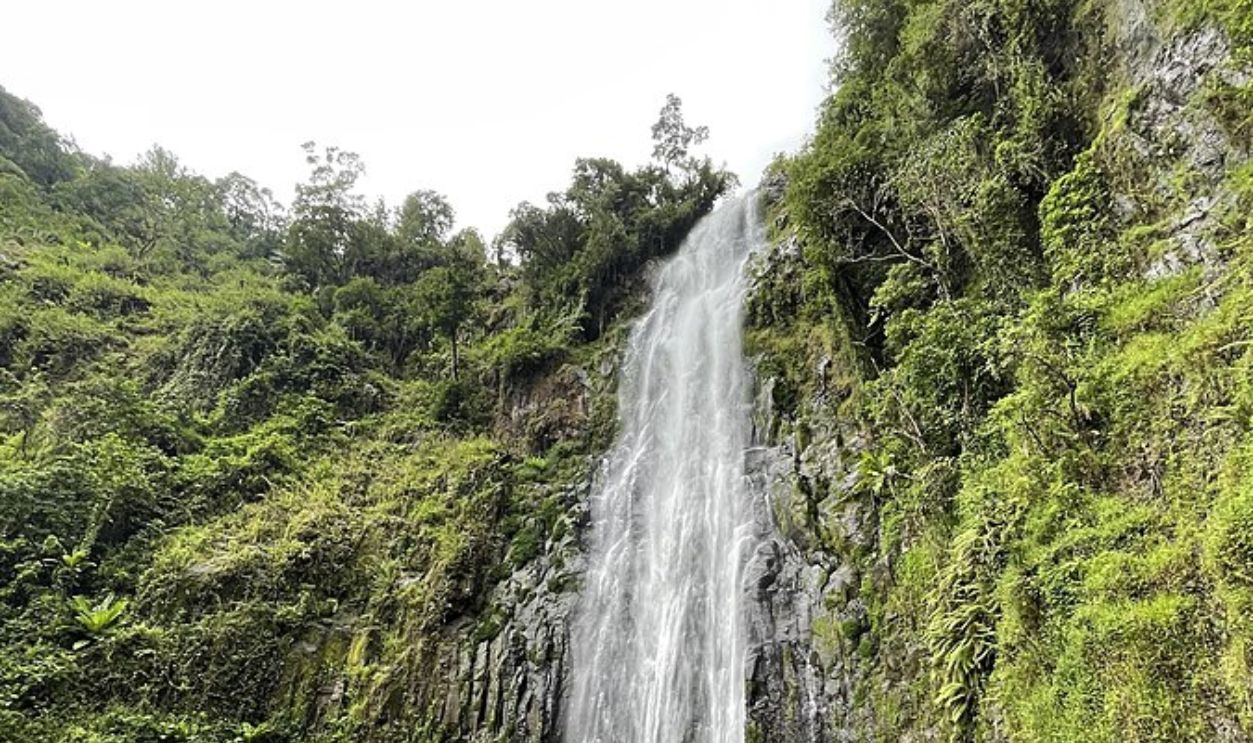 Halidtz, CC BY-SA 4.0, Wikimedia Commons
Halidtz, CC BY-SA 4.0, Wikimedia Commons
Symbol of Beauty
Kilimanjaro has become a symbol of Africa’s natural beauty and is often referred to as “the Roof of Africa.” The name Kilimanjaro is believed to mean ‘shining mountain’ in Swahili. Unfortunately, climate change has taken its toll and is melting a big percentage of the mountain’s ice cover.
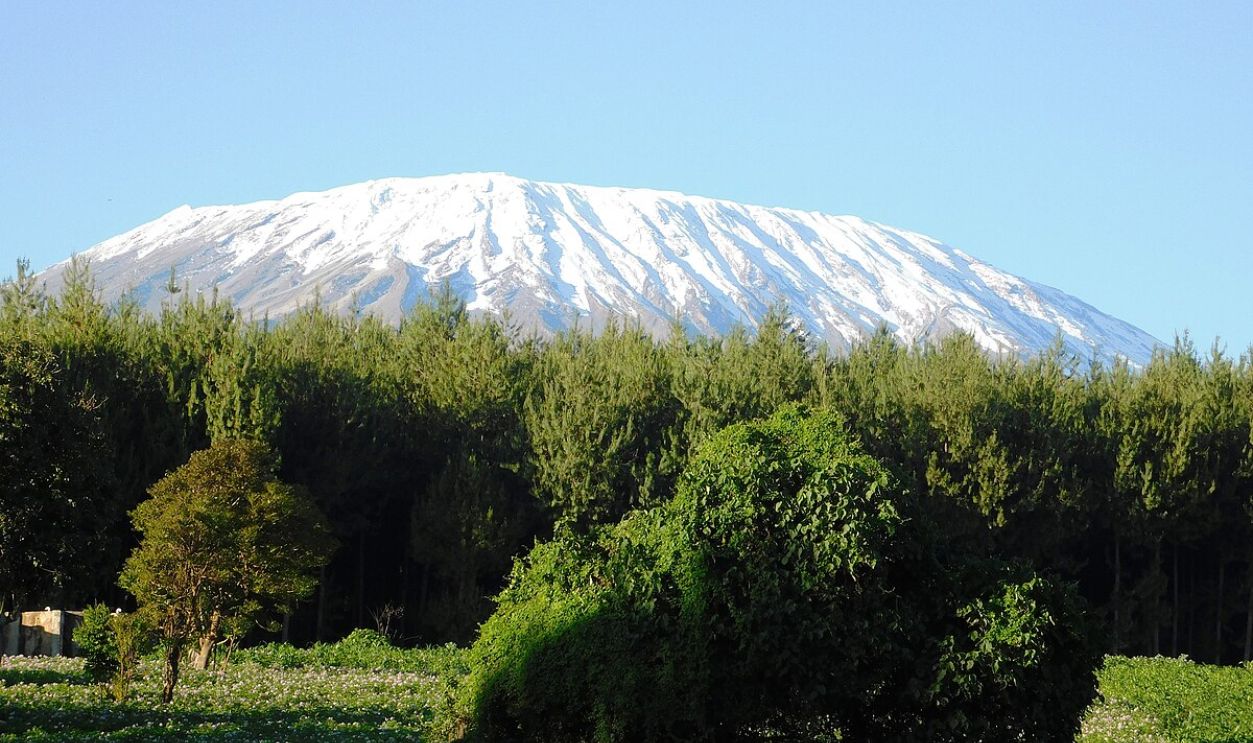 RVBS, CC BY-SA 4.0, Wikimedia Commons
RVBS, CC BY-SA 4.0, Wikimedia Commons
Avatar-Inspiring Zhangjiajie
The Zhangjiajie National Forest Park in China is famous for its pillars of quartz sandstone that were formed by physical erosion and seem to float in the mist. These rock formations inspired many Chinese paintings, such as the afloat peaks in the movie Avatar.
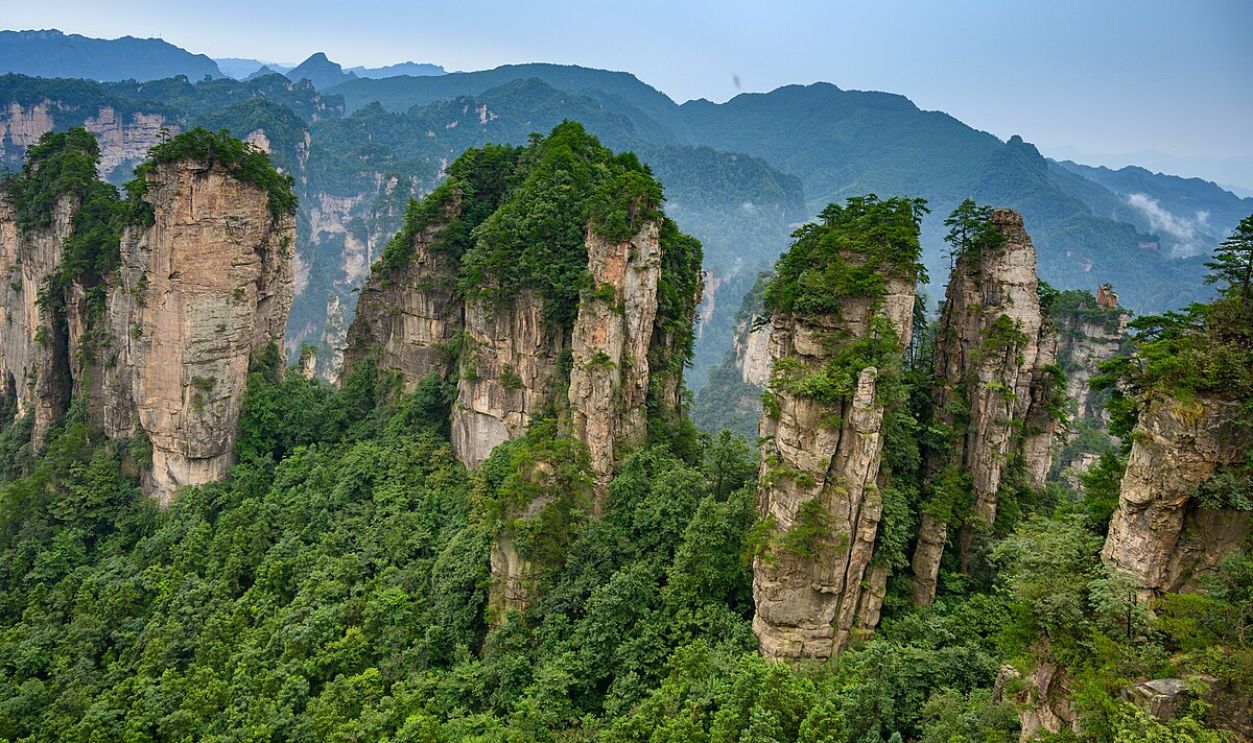 xiquinhosilva, CC BY 2.0, Wikimedia Commons
xiquinhosilva, CC BY 2.0, Wikimedia Commons
Standing Tall and Proud
There are over 3,000 quartz sandstone pillars in Zhangjiajie Park, with each one rising boldly above the forest floor. Walking among them is like stepping into a work of art. The pillars are covered with trees and plants with roots making their way through cracks and rock crevices.
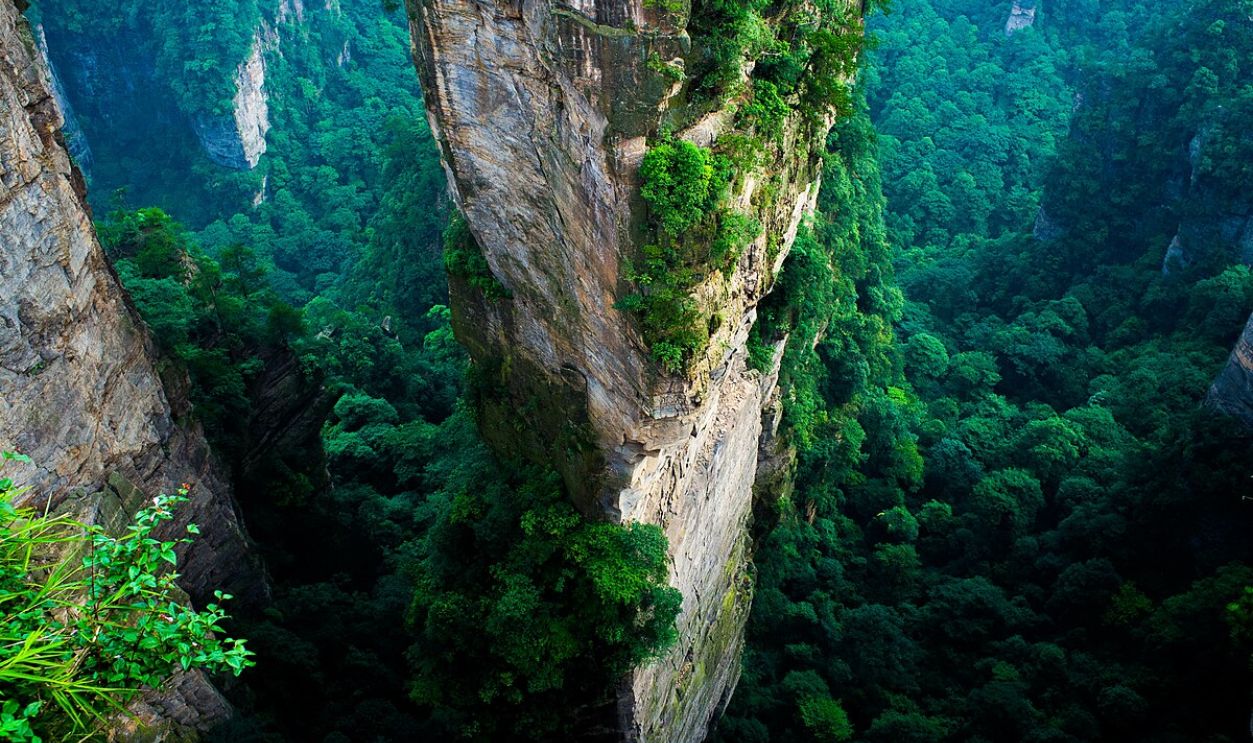 severin.stalder, CC BY-SA 3.0, Wikimedia Commons
severin.stalder, CC BY-SA 3.0, Wikimedia Commons
Rare Plants And Wildlife
The park is home to 517 species of woody plants, including rare finds like the ginkgo and Chinese dove tree. The park also homes several rare and endangered wildlife like the clouded leopard, giant salamander, and many birds.
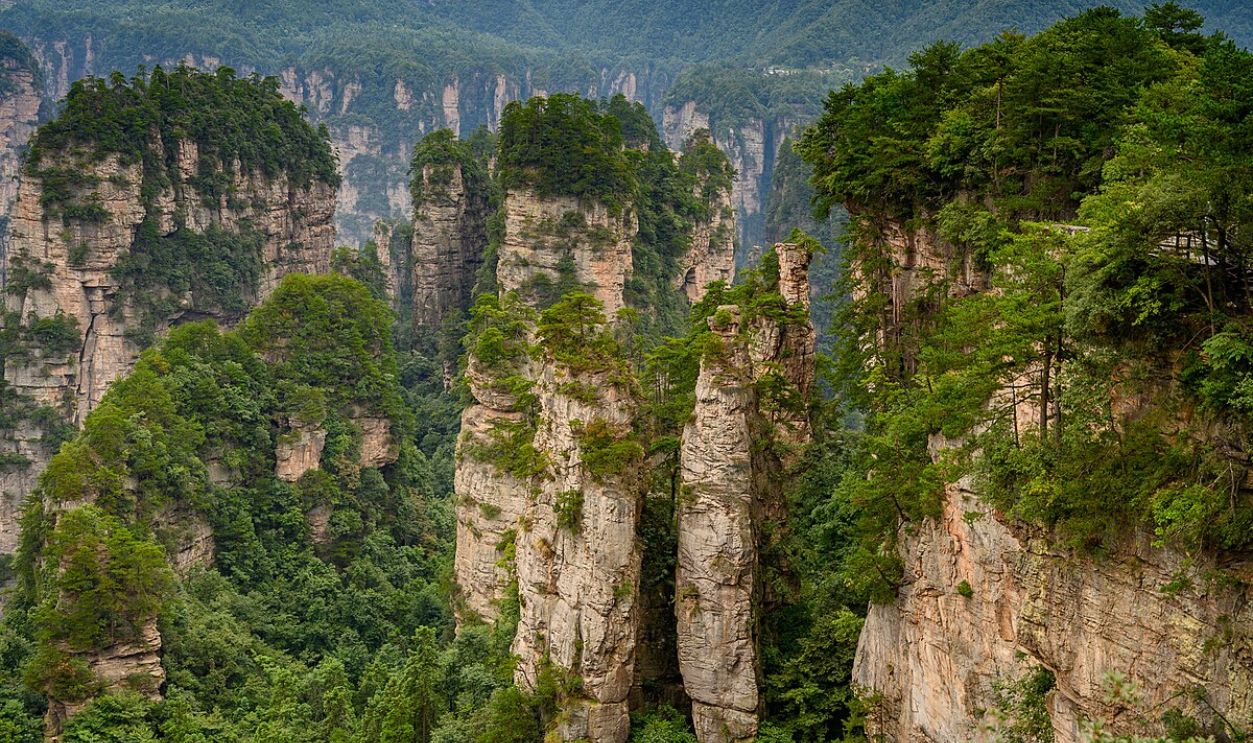 xiquinhosilva, CC BY 2.0, Wikimedia Commons
xiquinhosilva, CC BY 2.0, Wikimedia Commons
Walk Above The Peaks
The Zhangjiajie Glass Bridge is notable for being the world’s longest and highest glass-bottomed bridge. It’s thrilling to walk above the pillars, and the views from the bridge are simply stunning. This attraction is perfect for thrill-seekers, less so if you have a fear of heights.
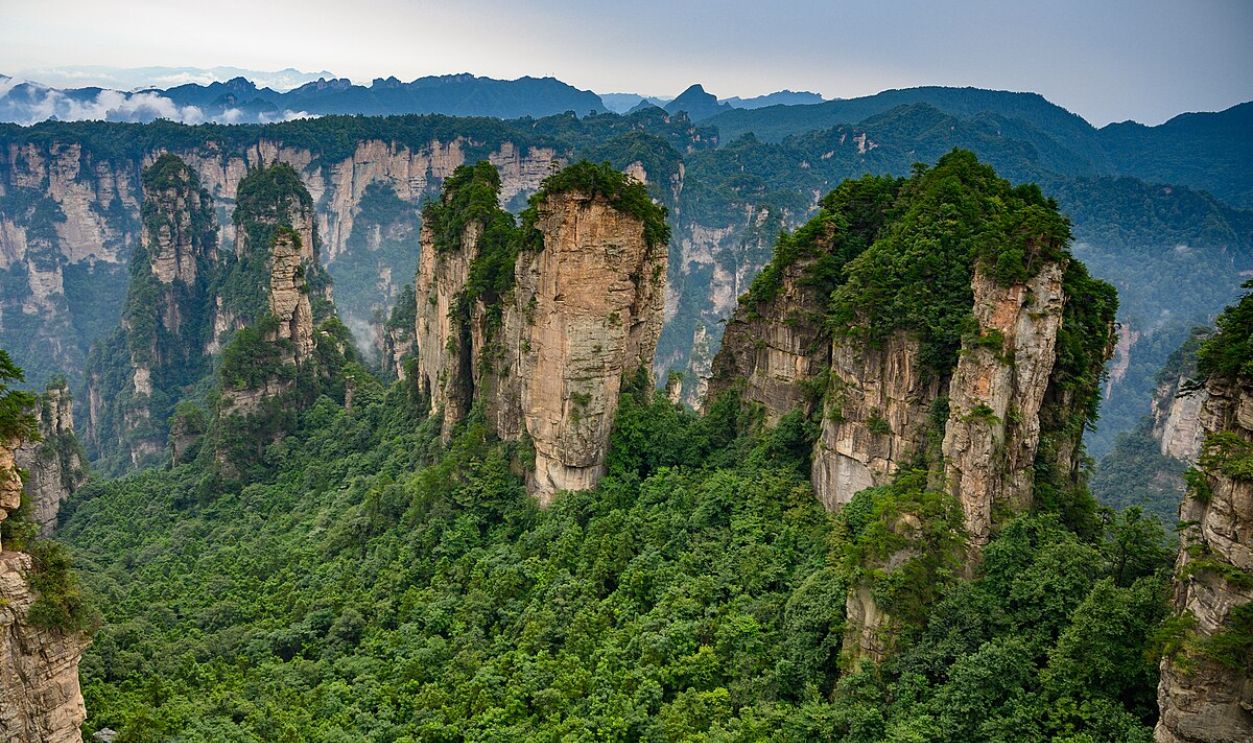 xiquinhosilva, CC BY 2.0, Wikimedia Commons
xiquinhosilva, CC BY 2.0, Wikimedia Commons

